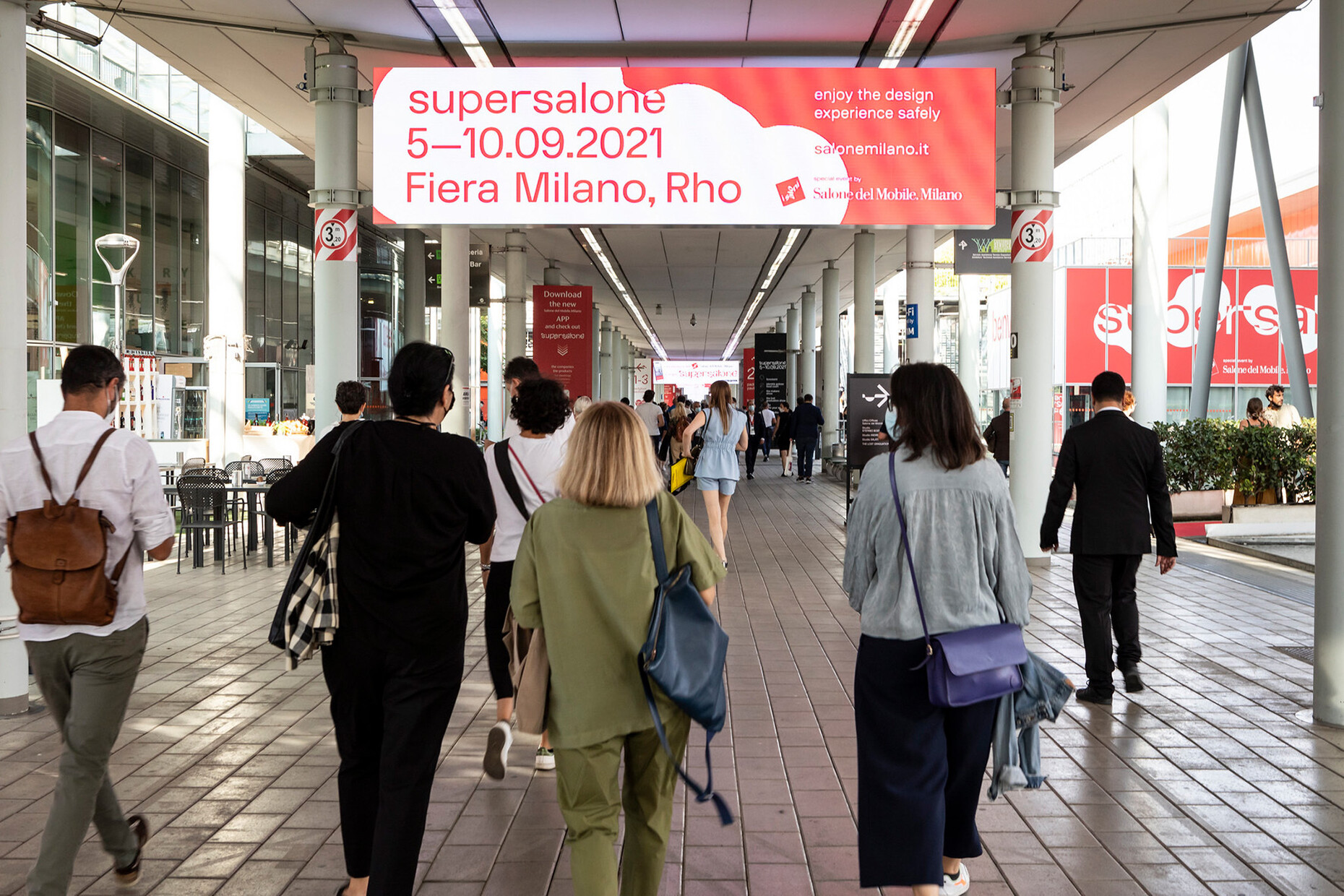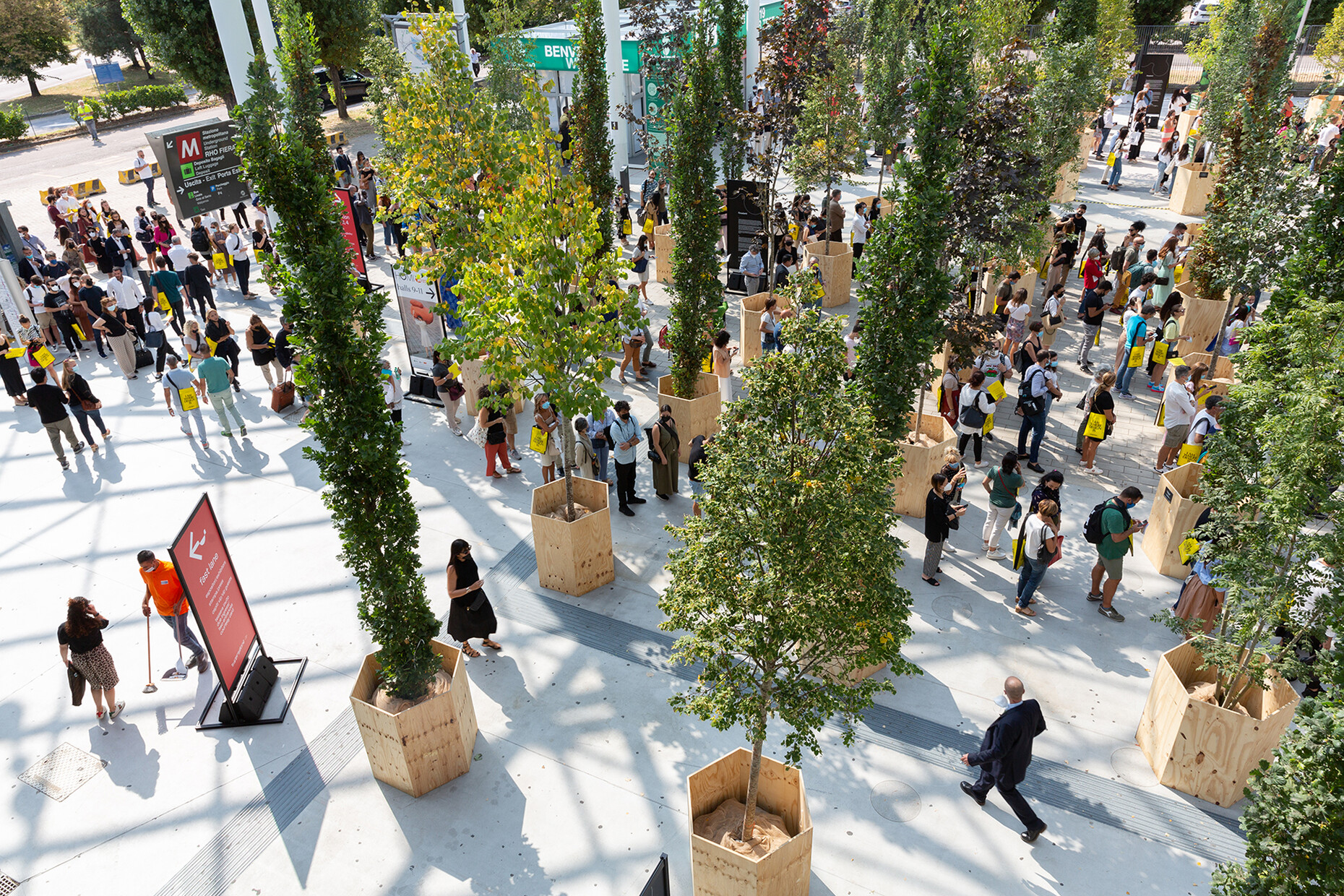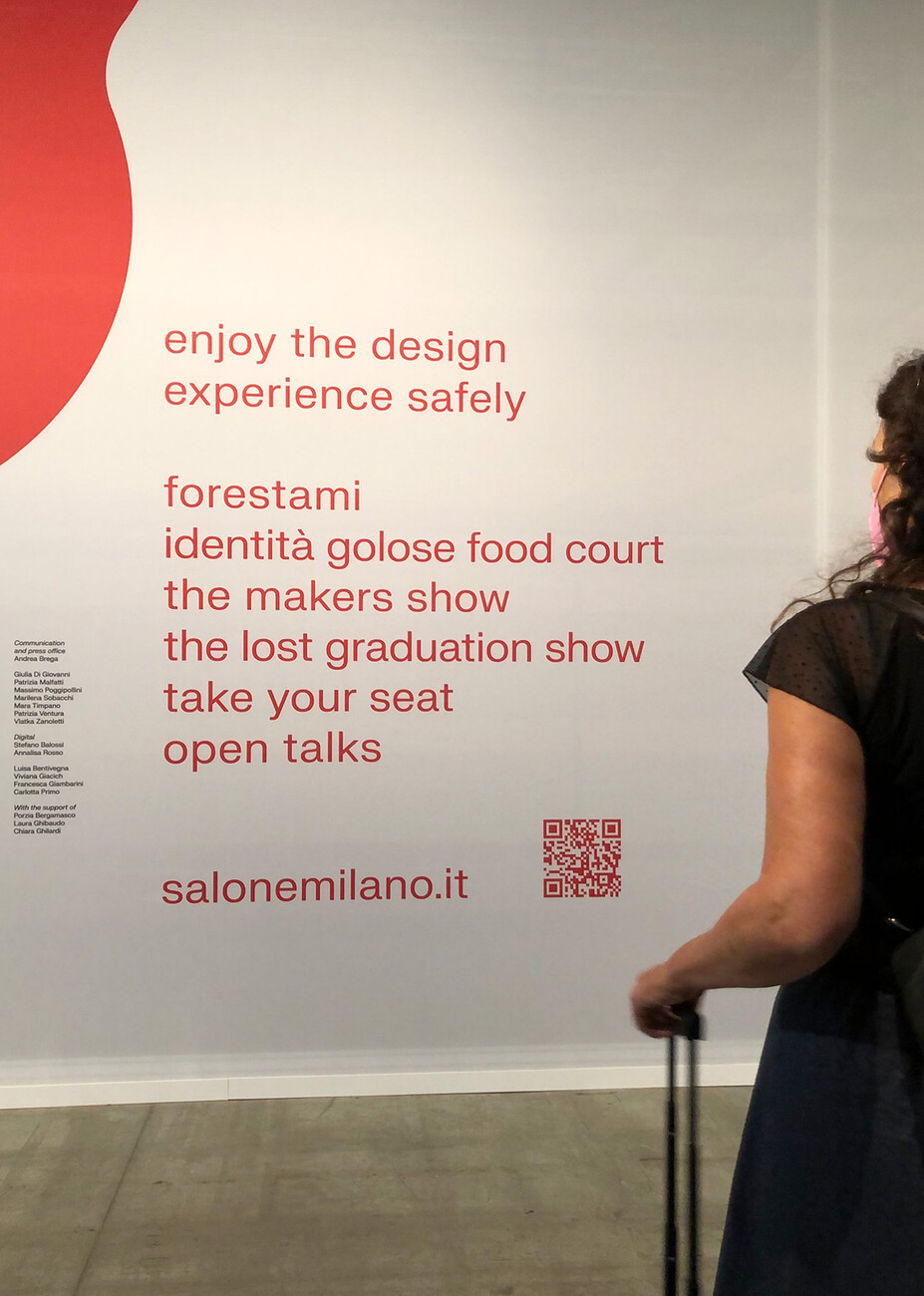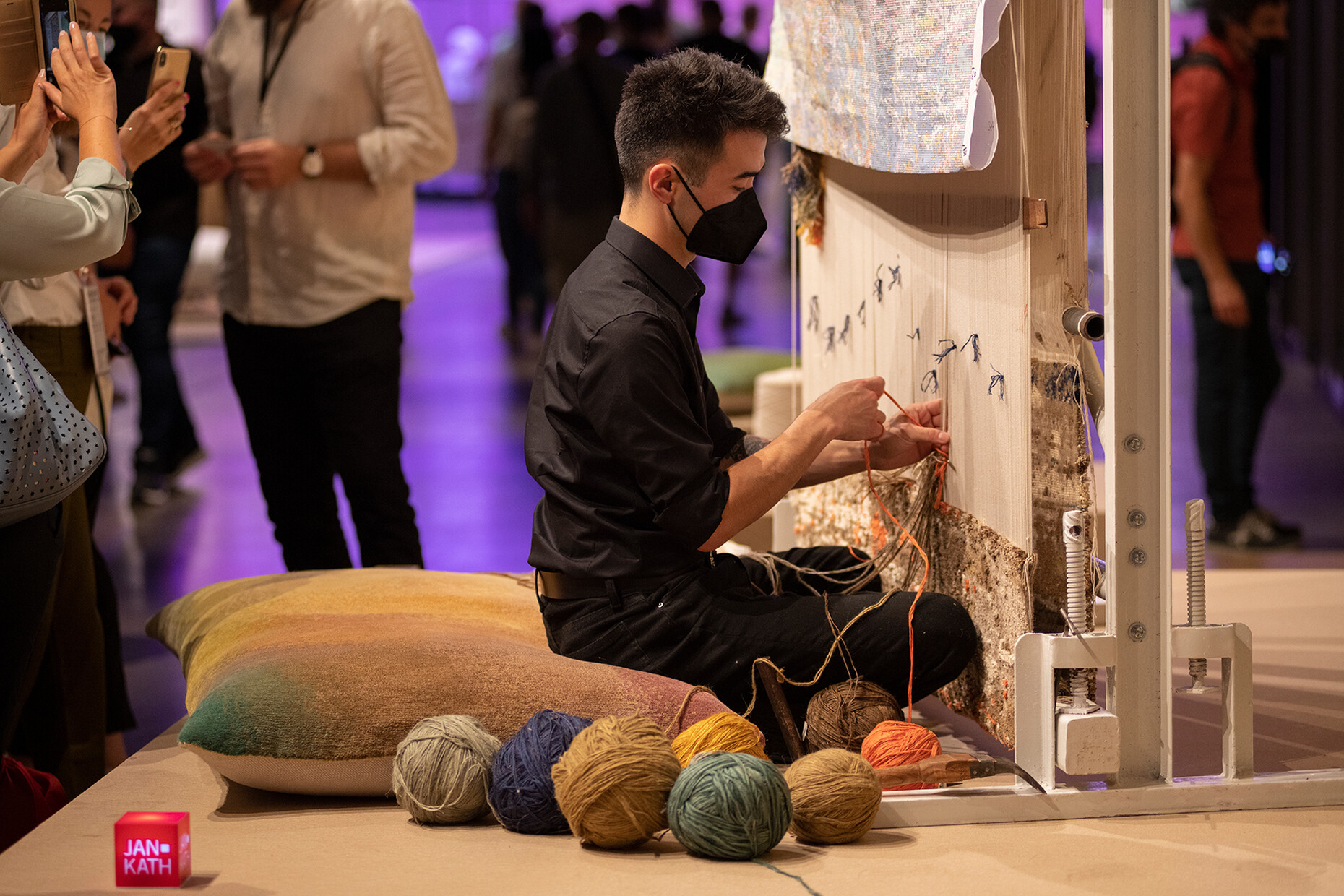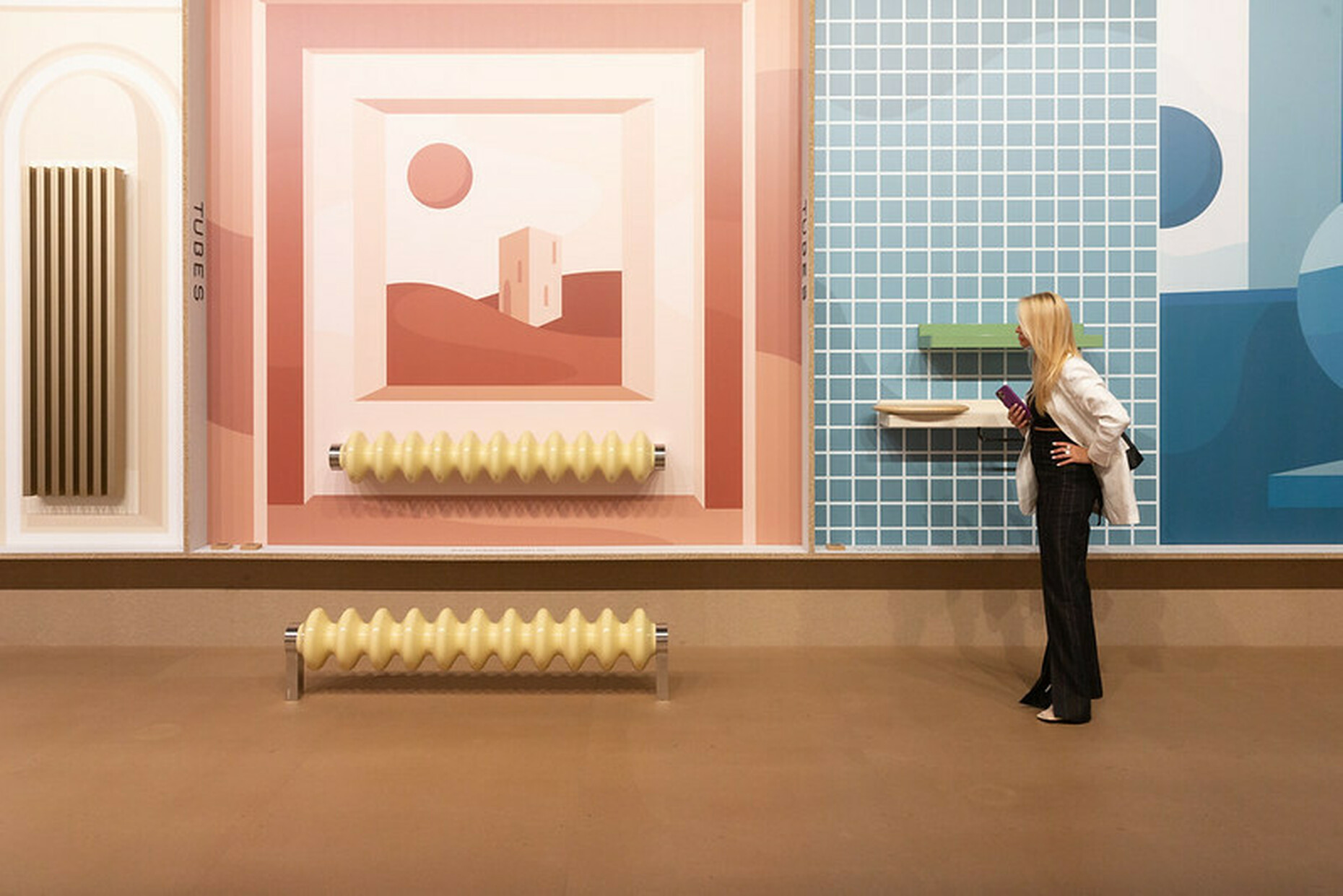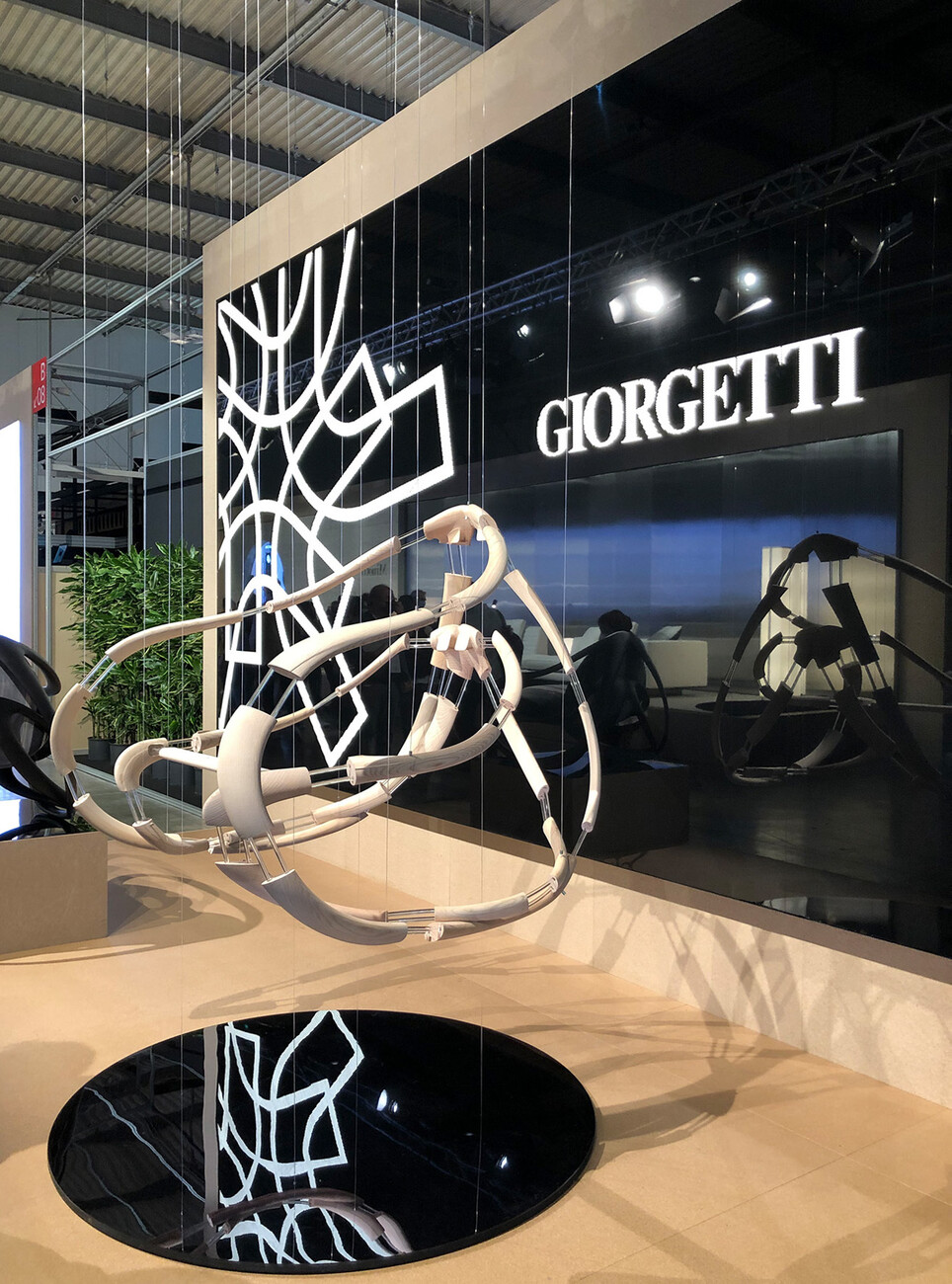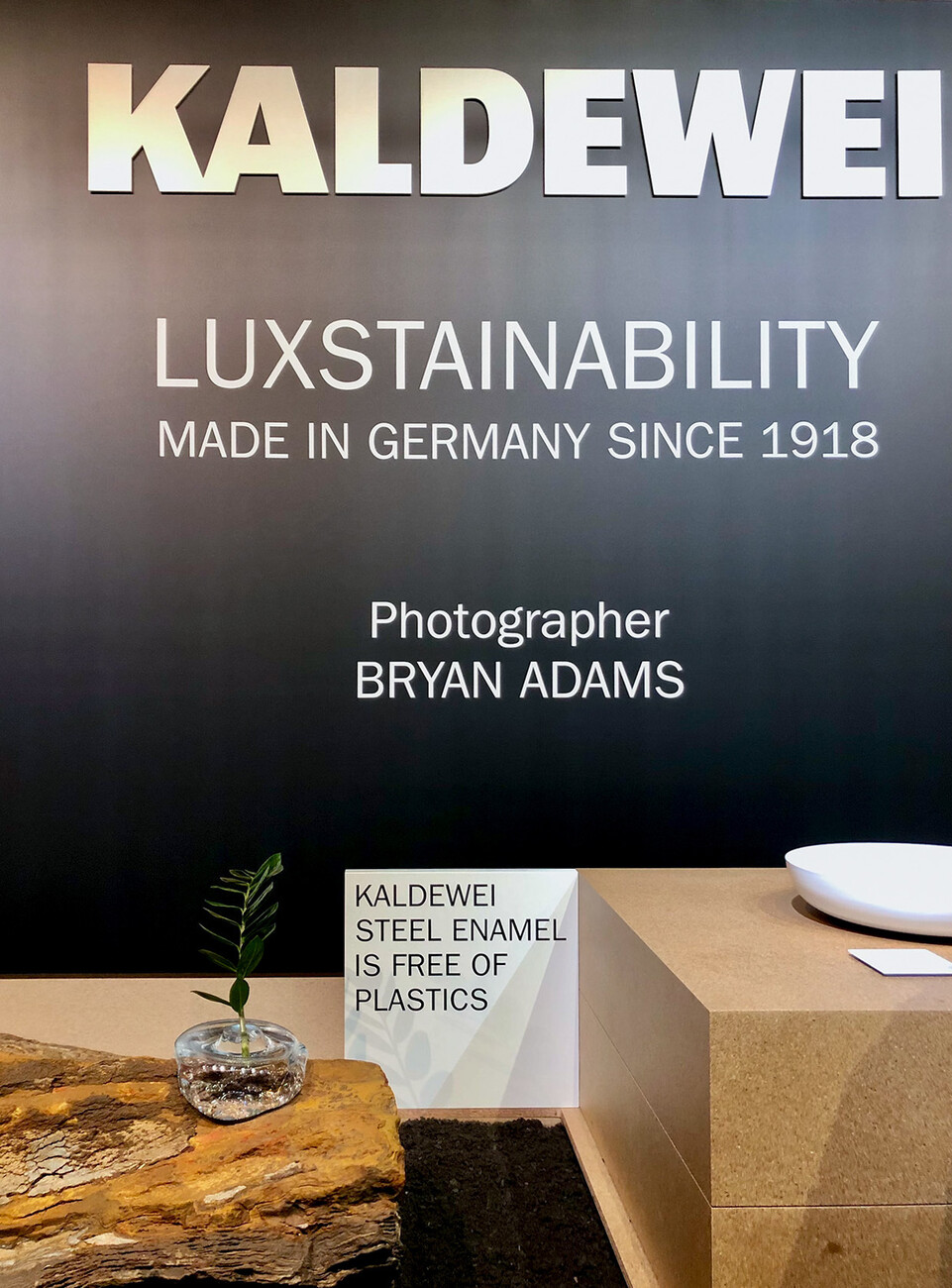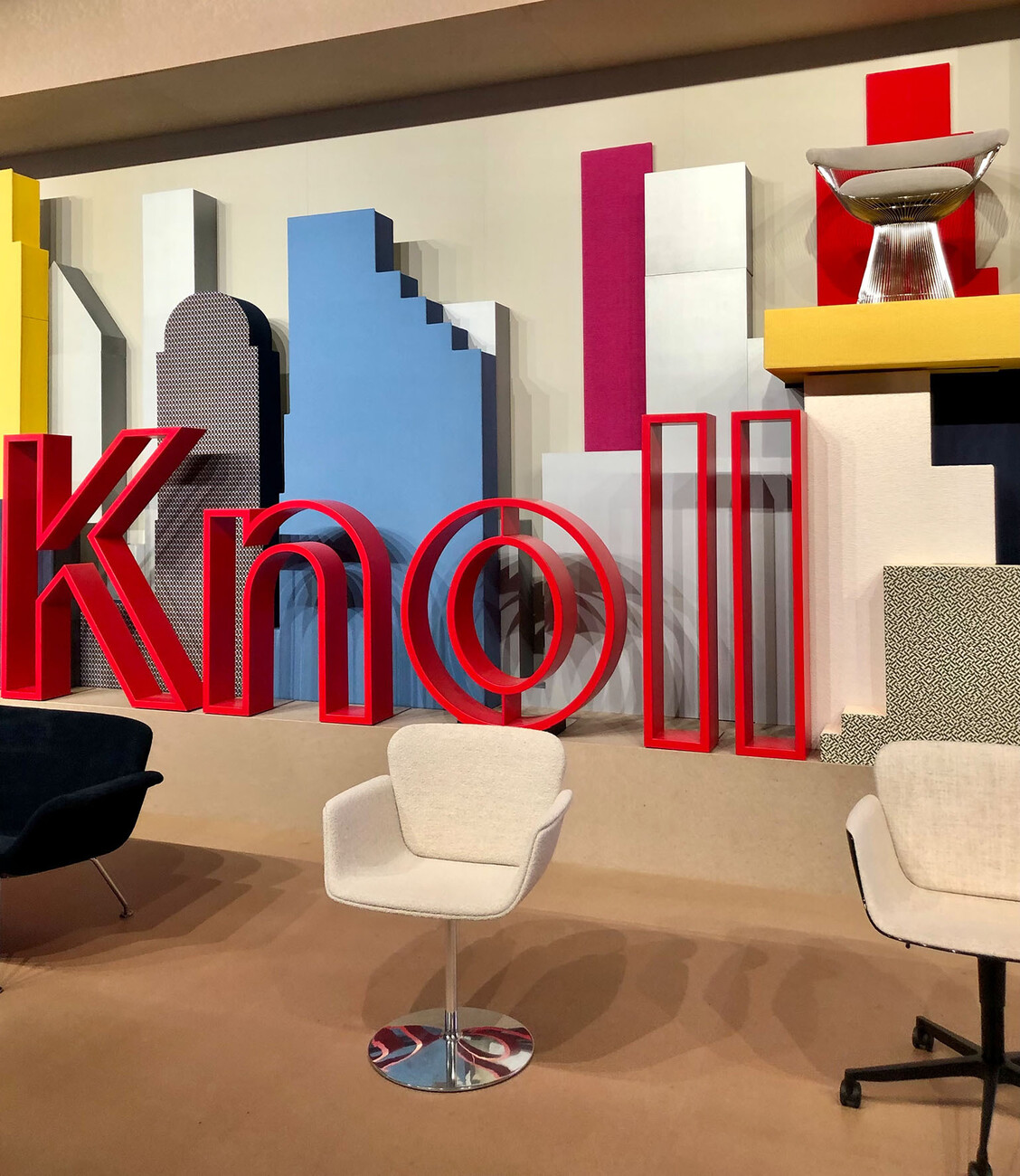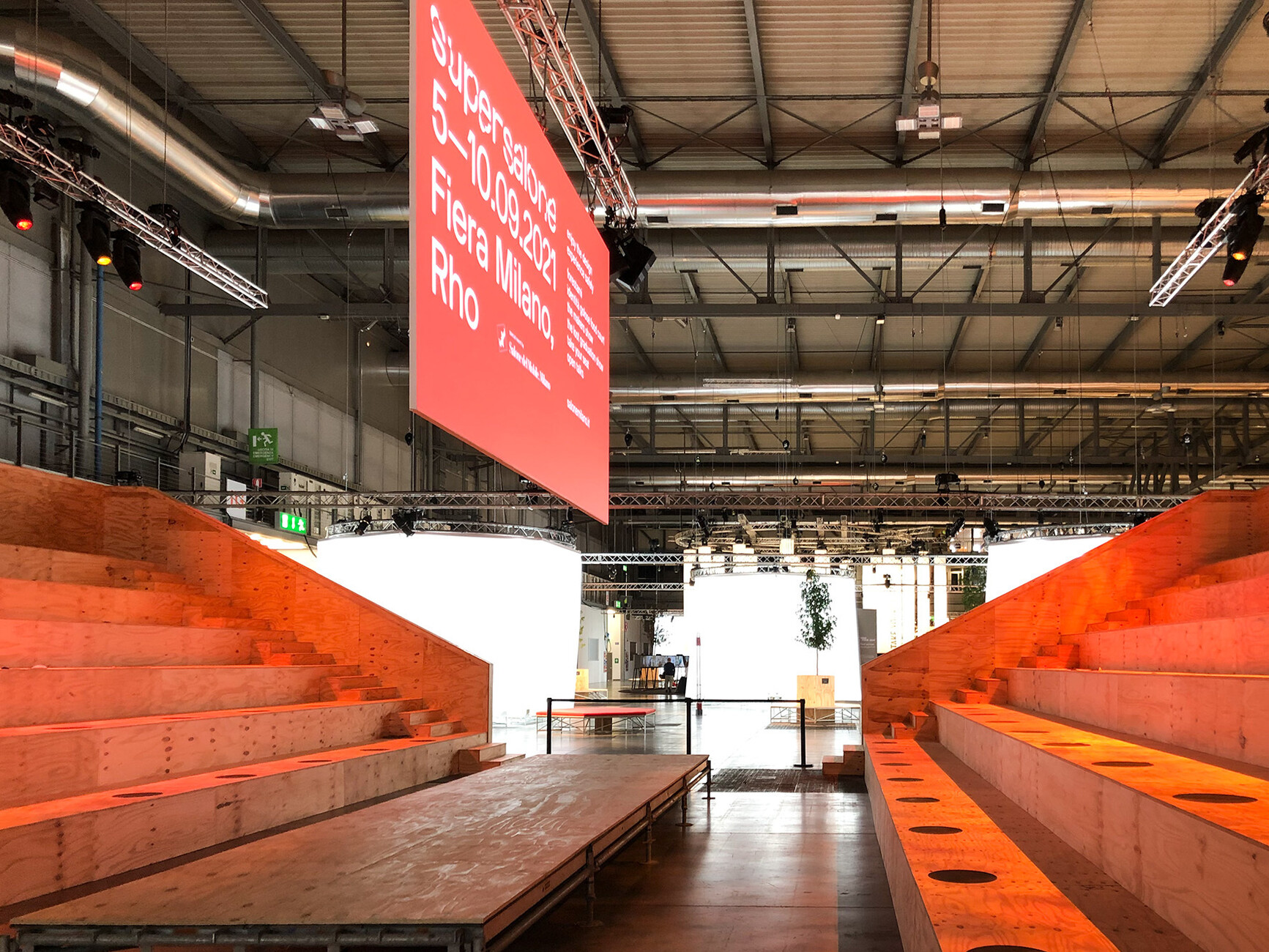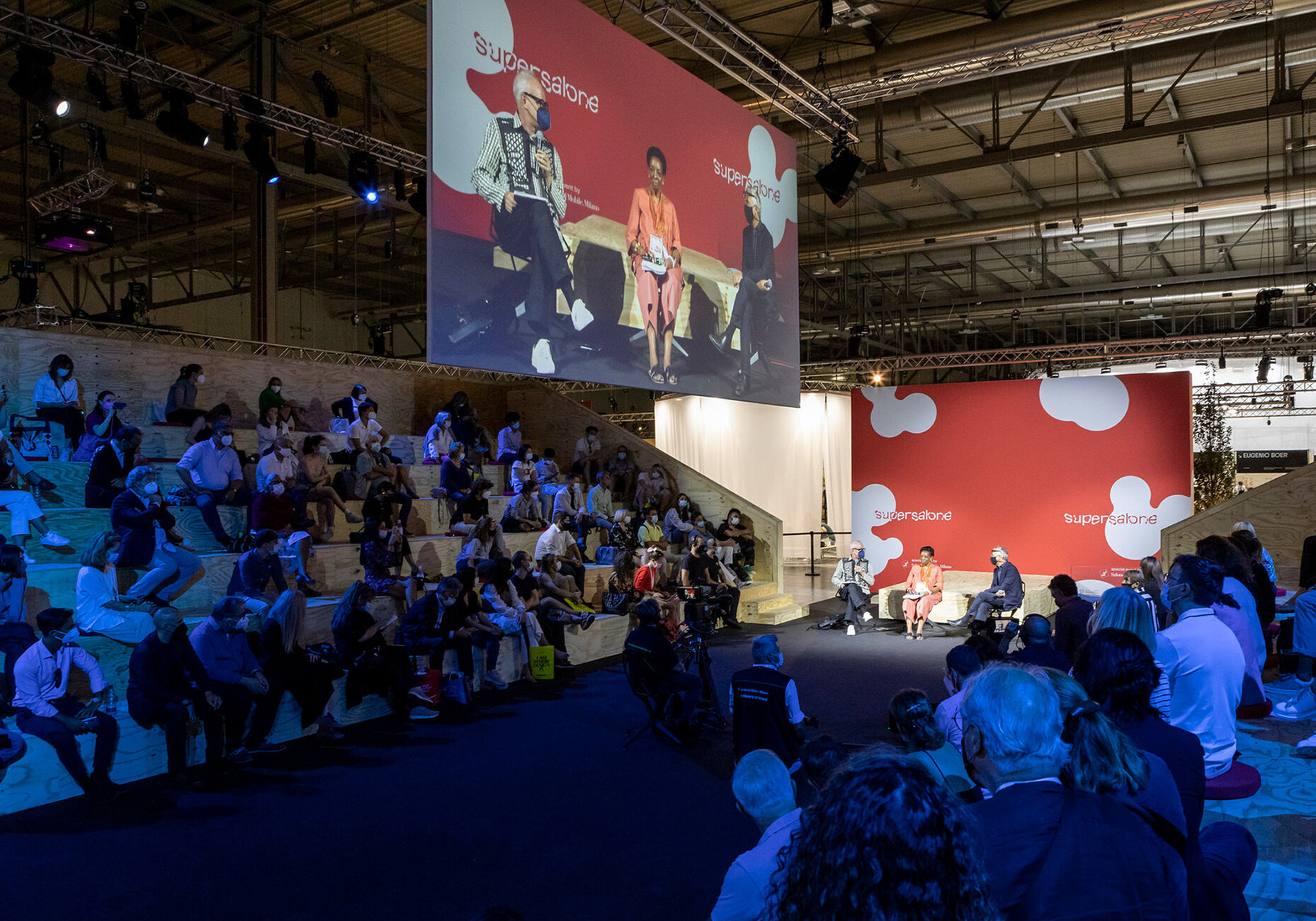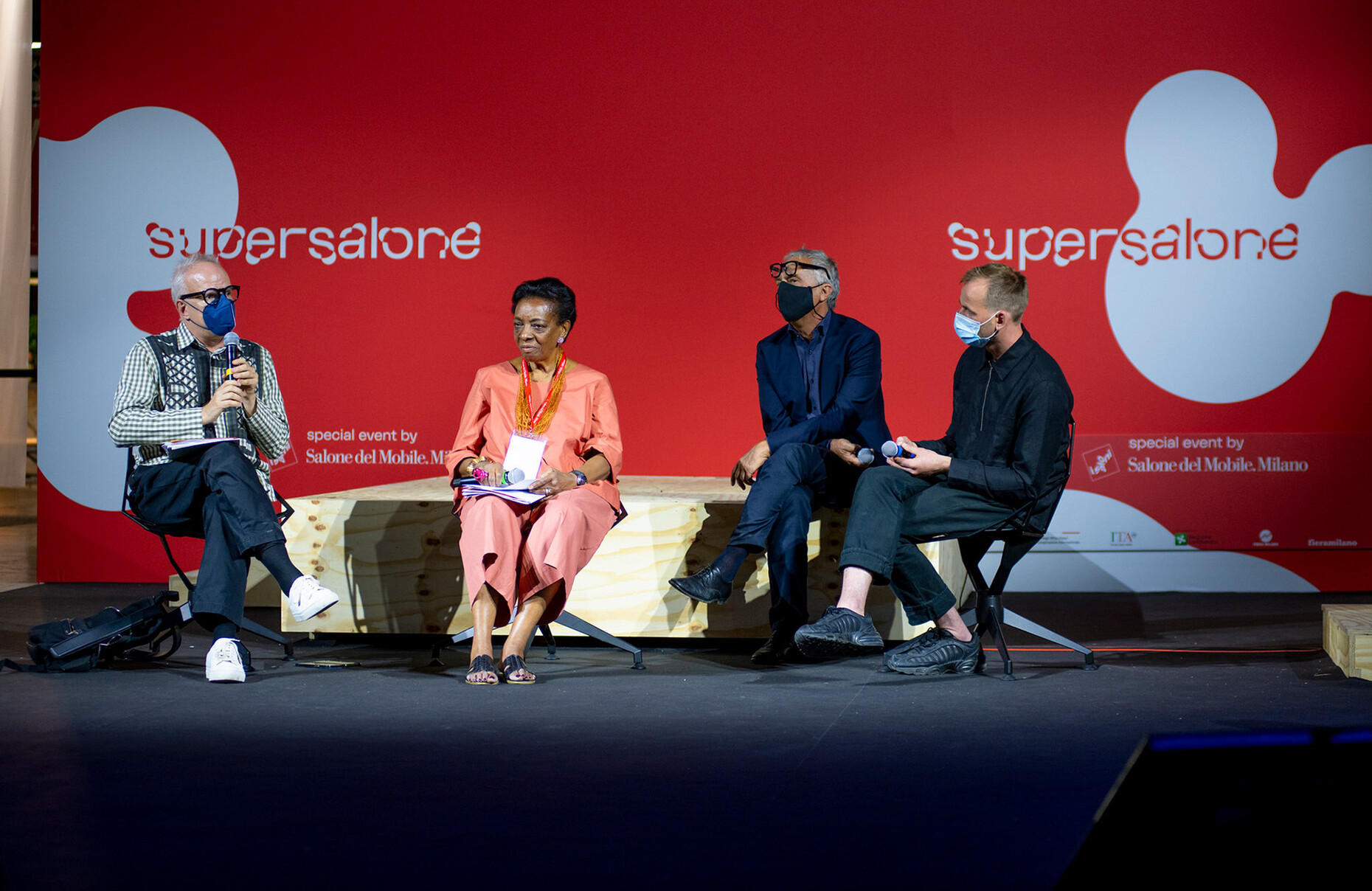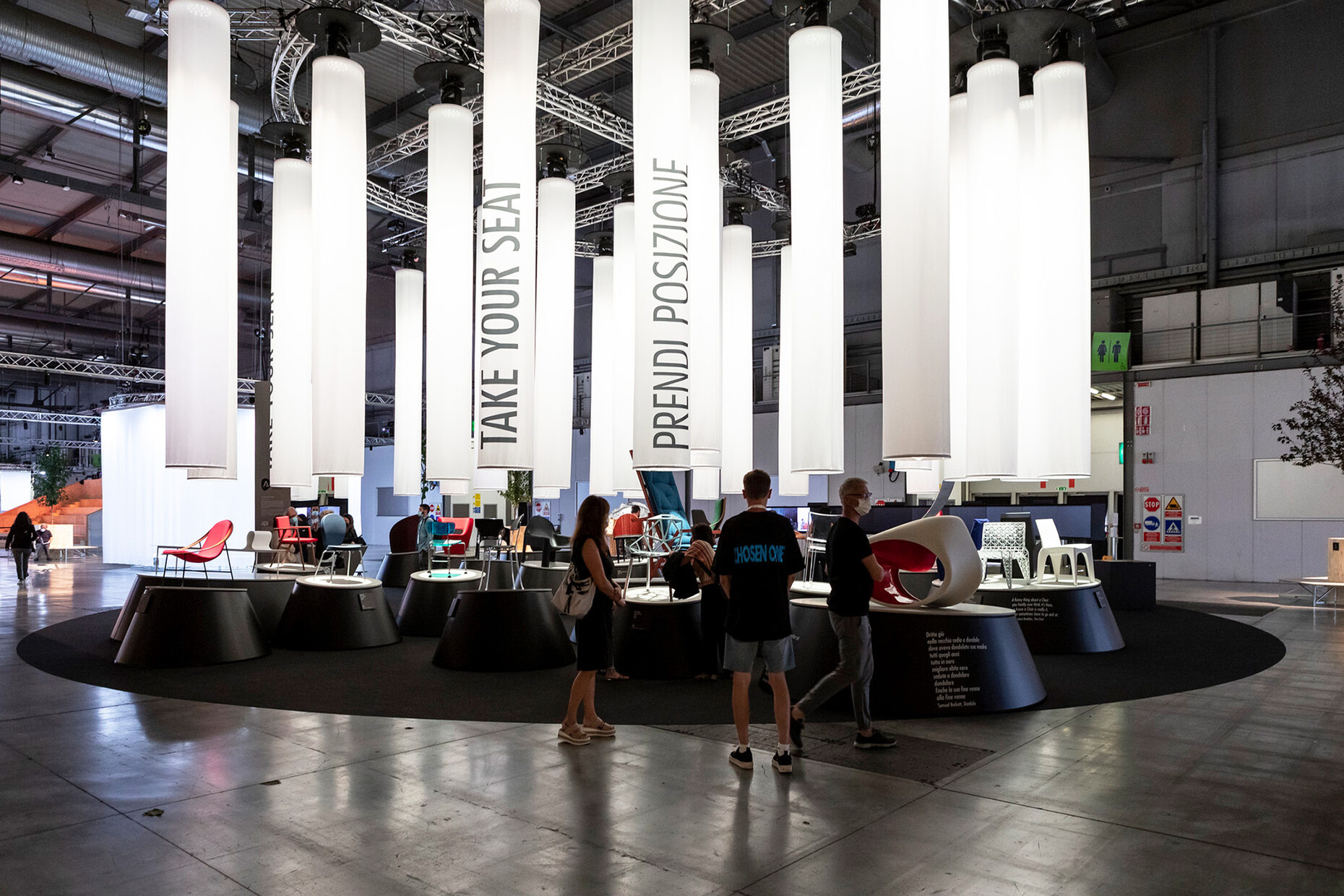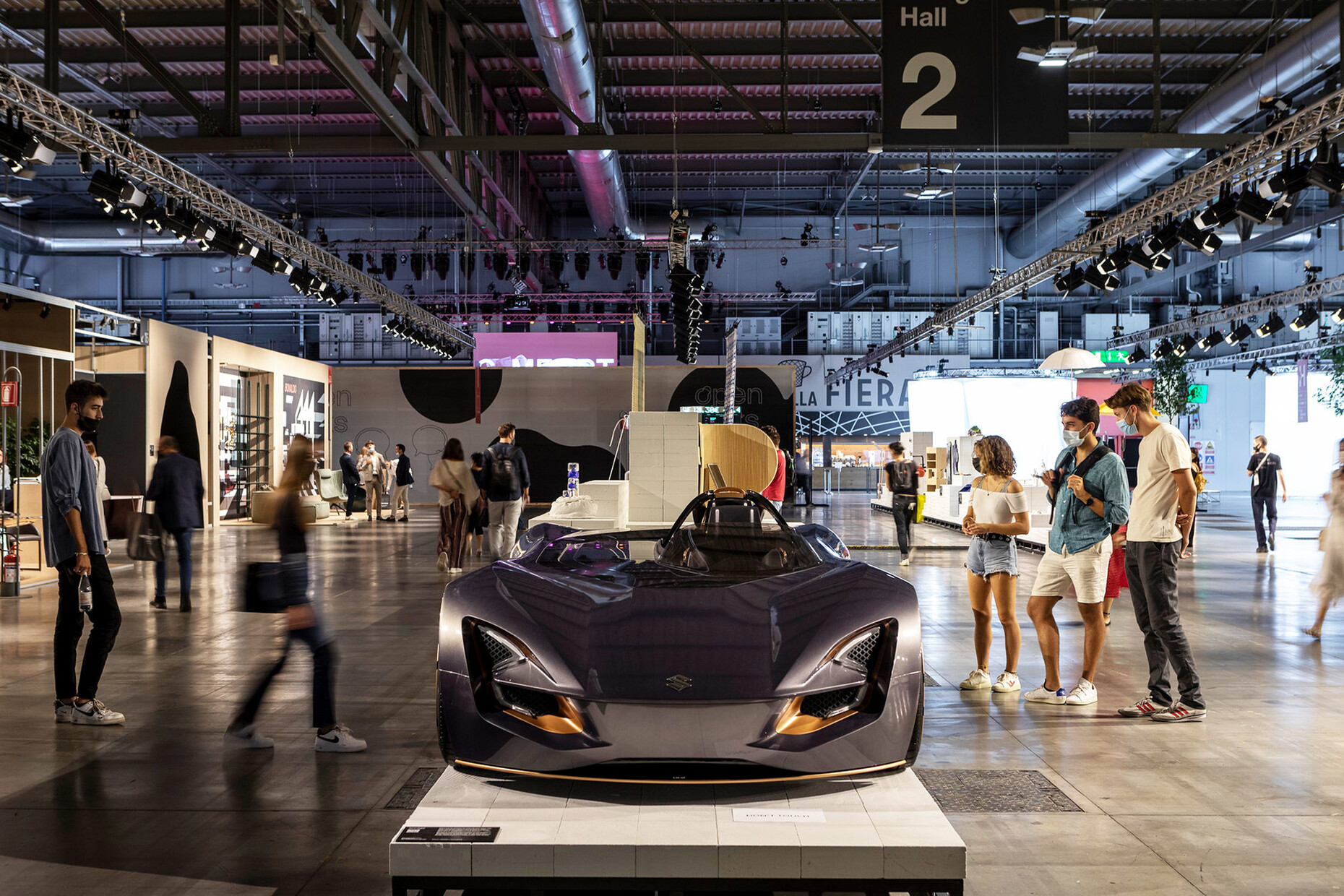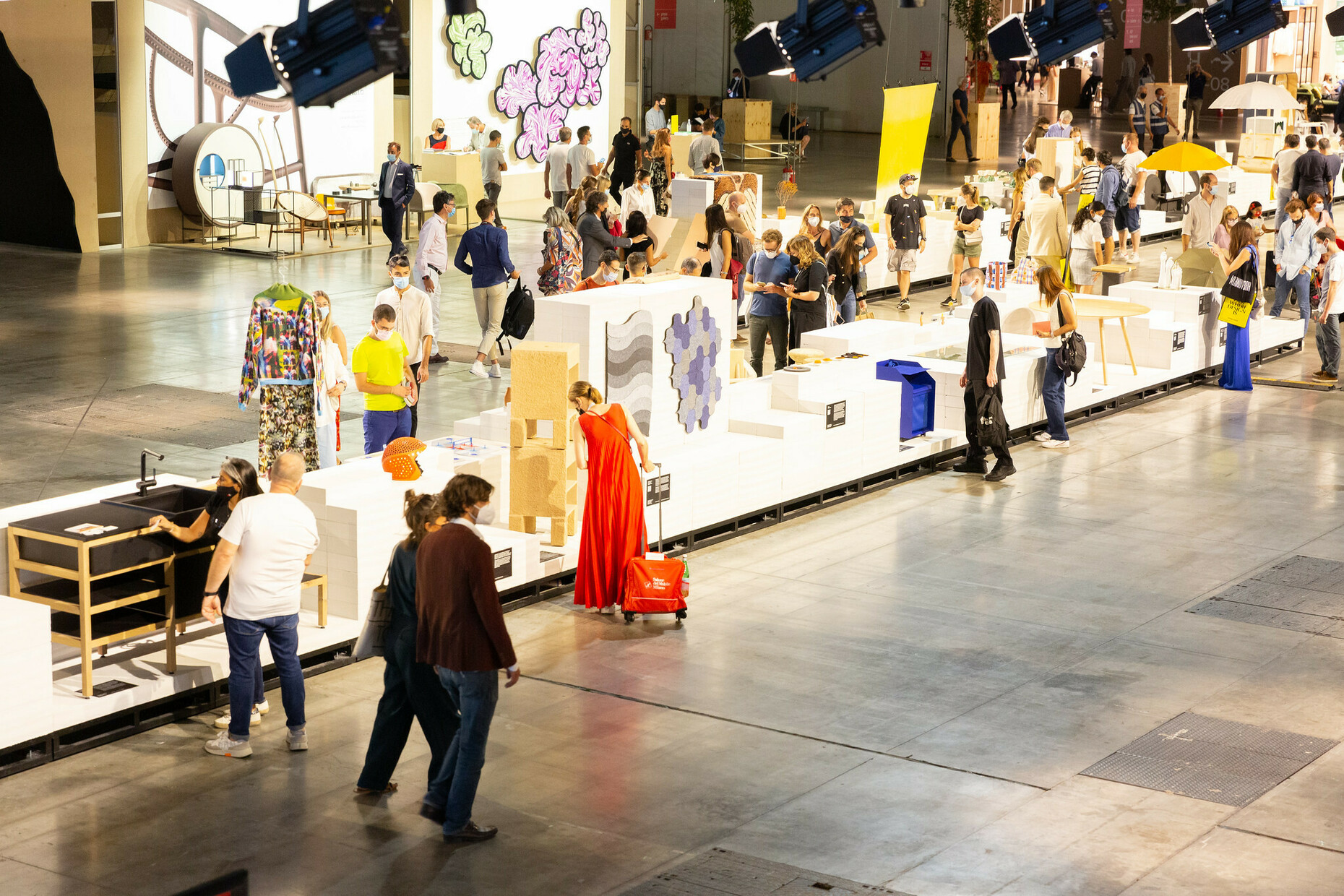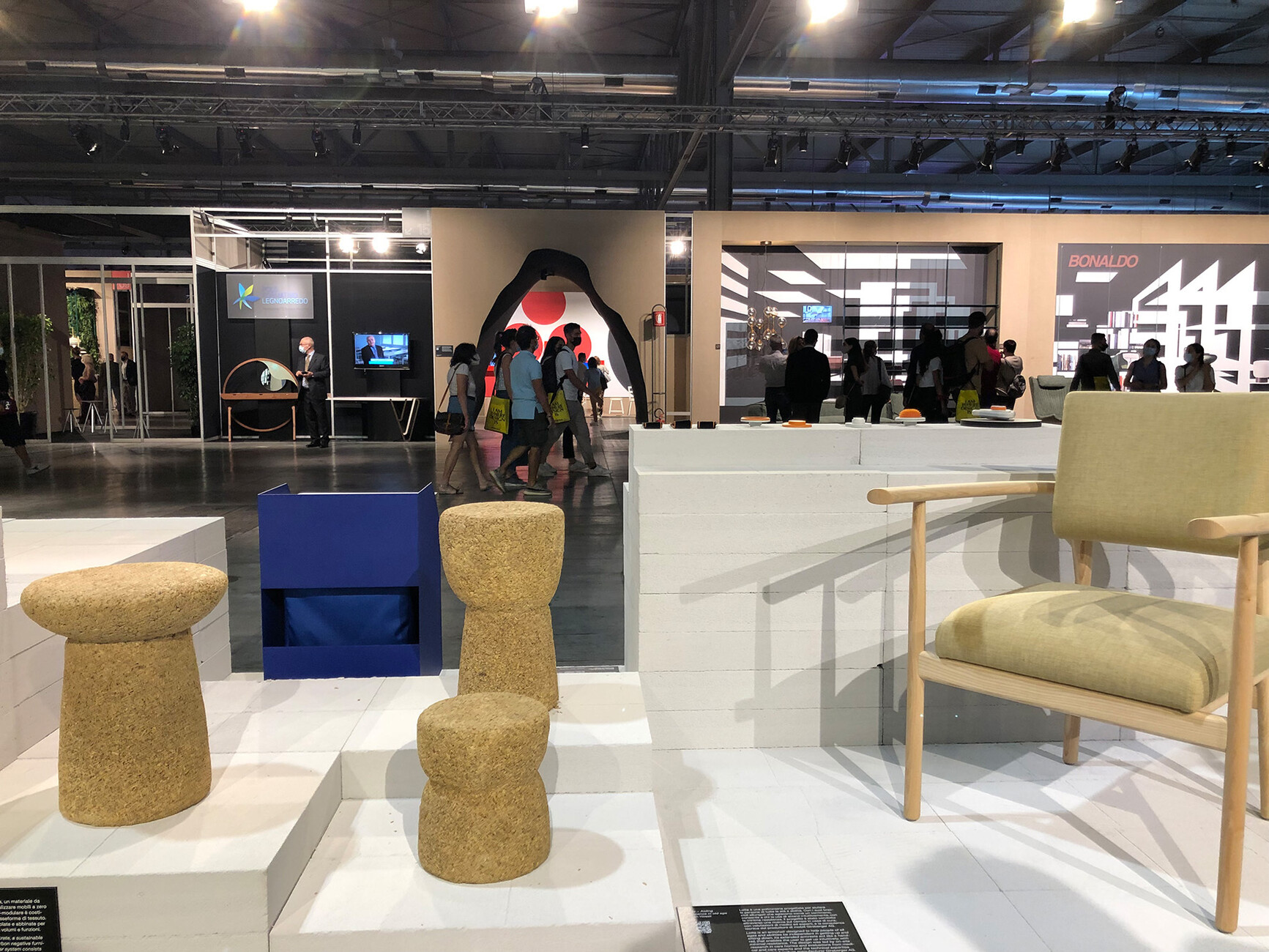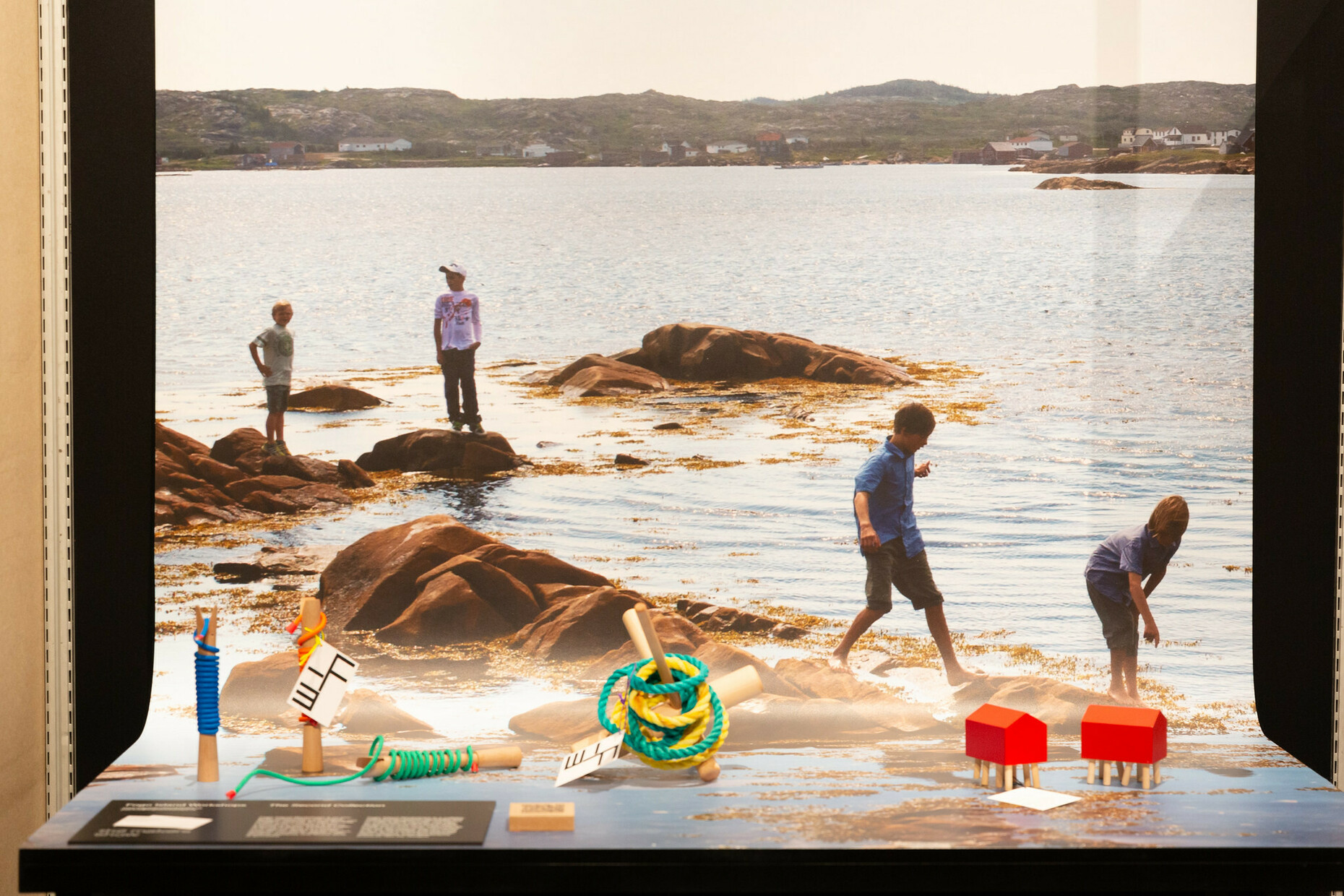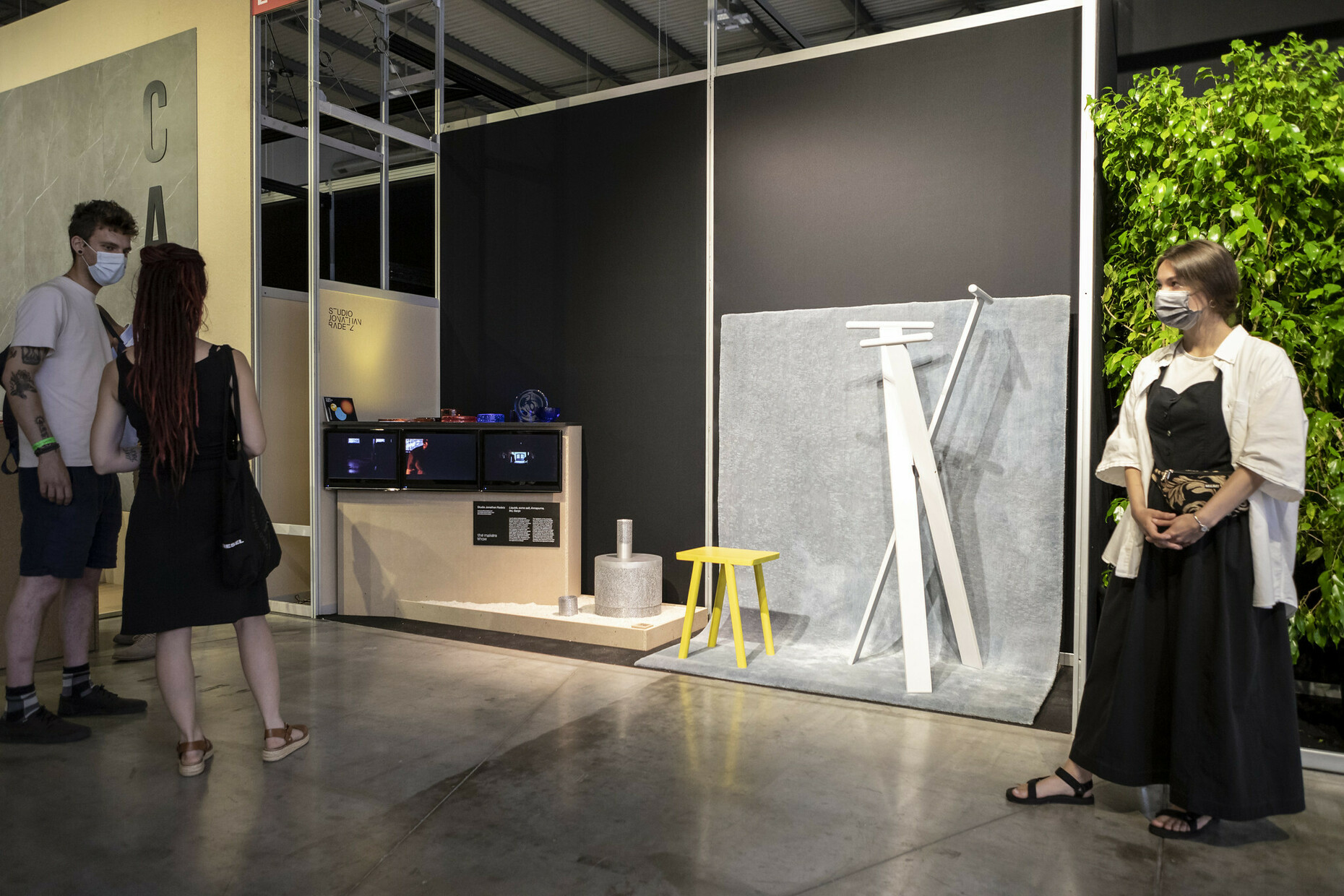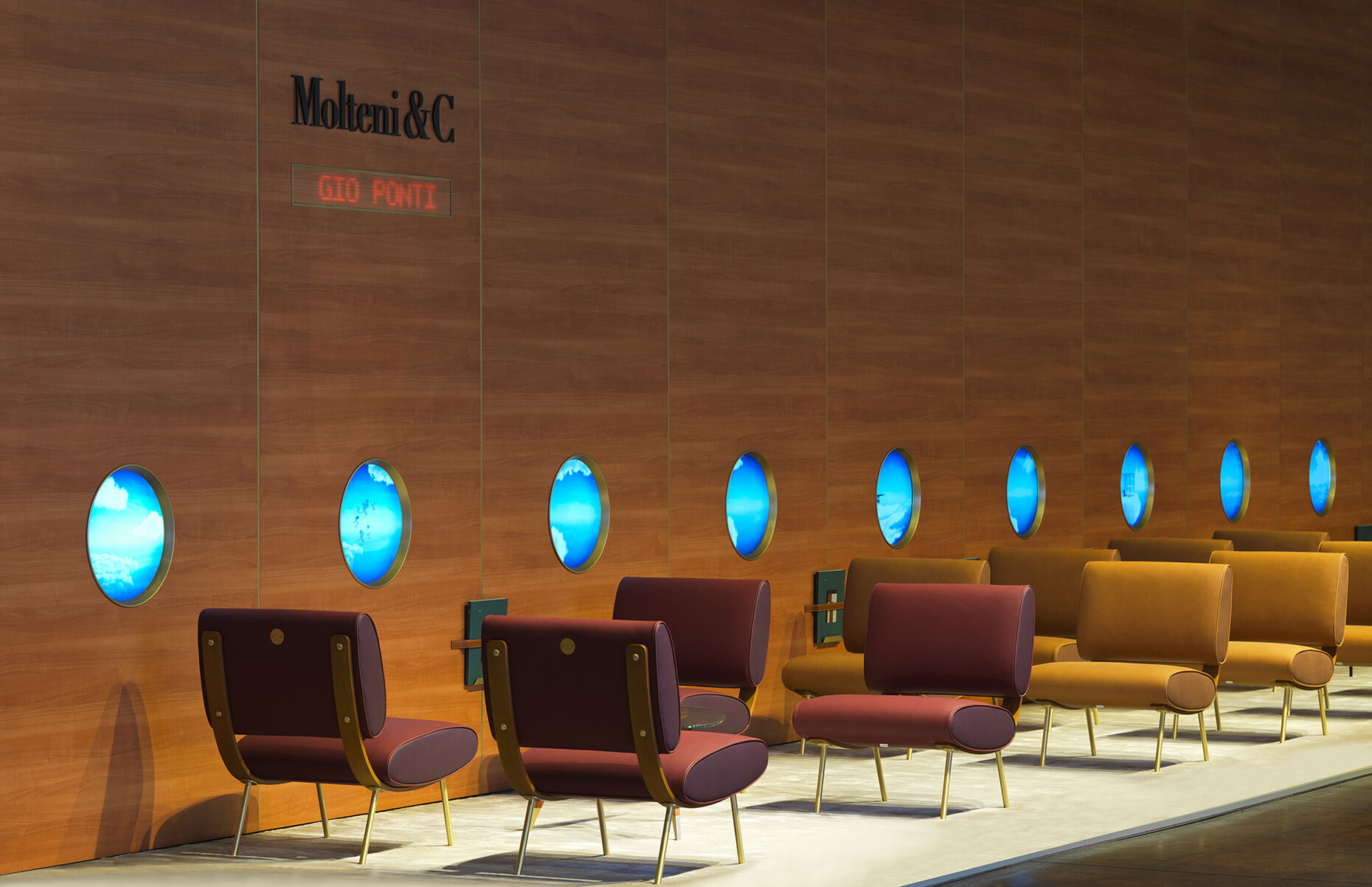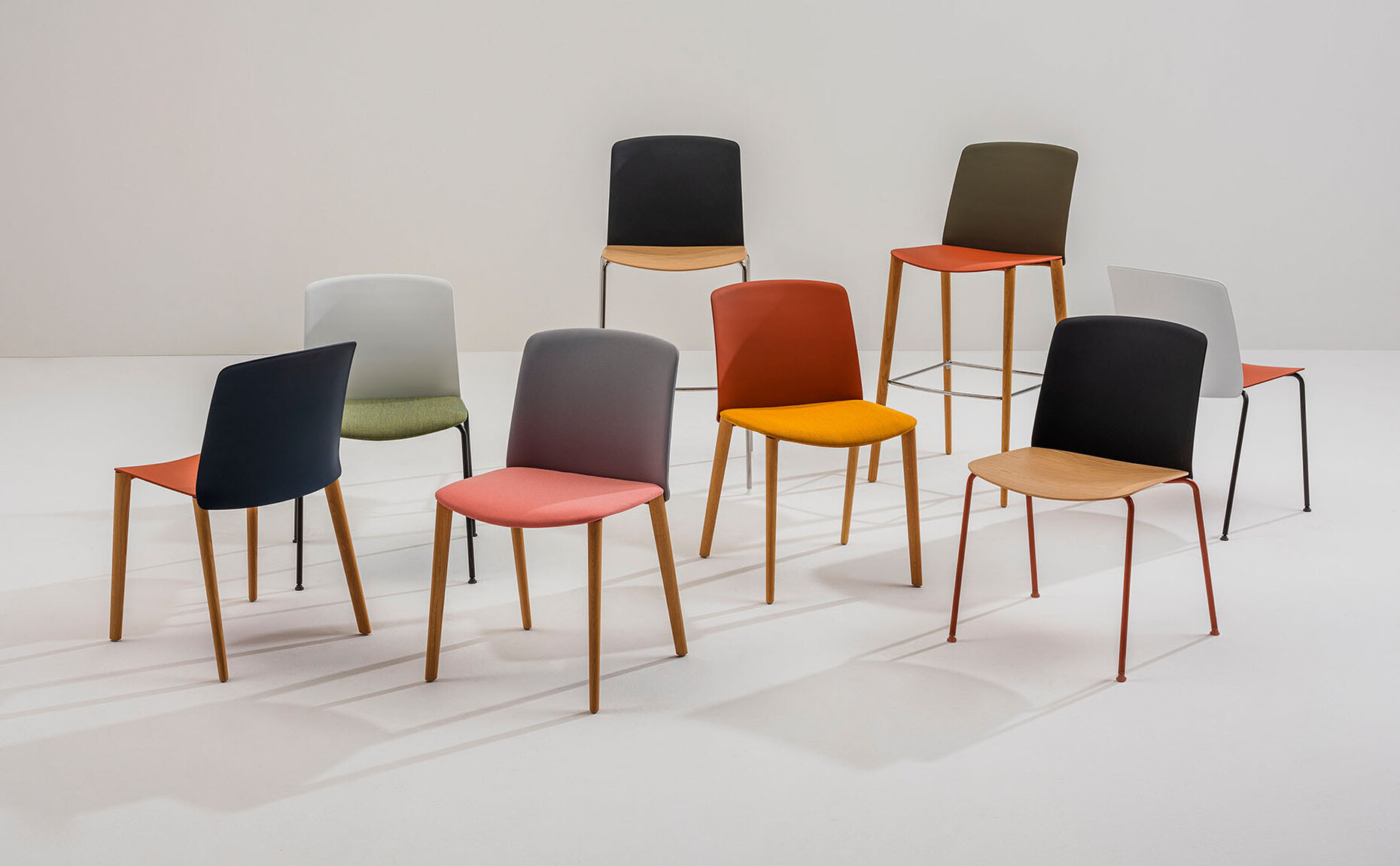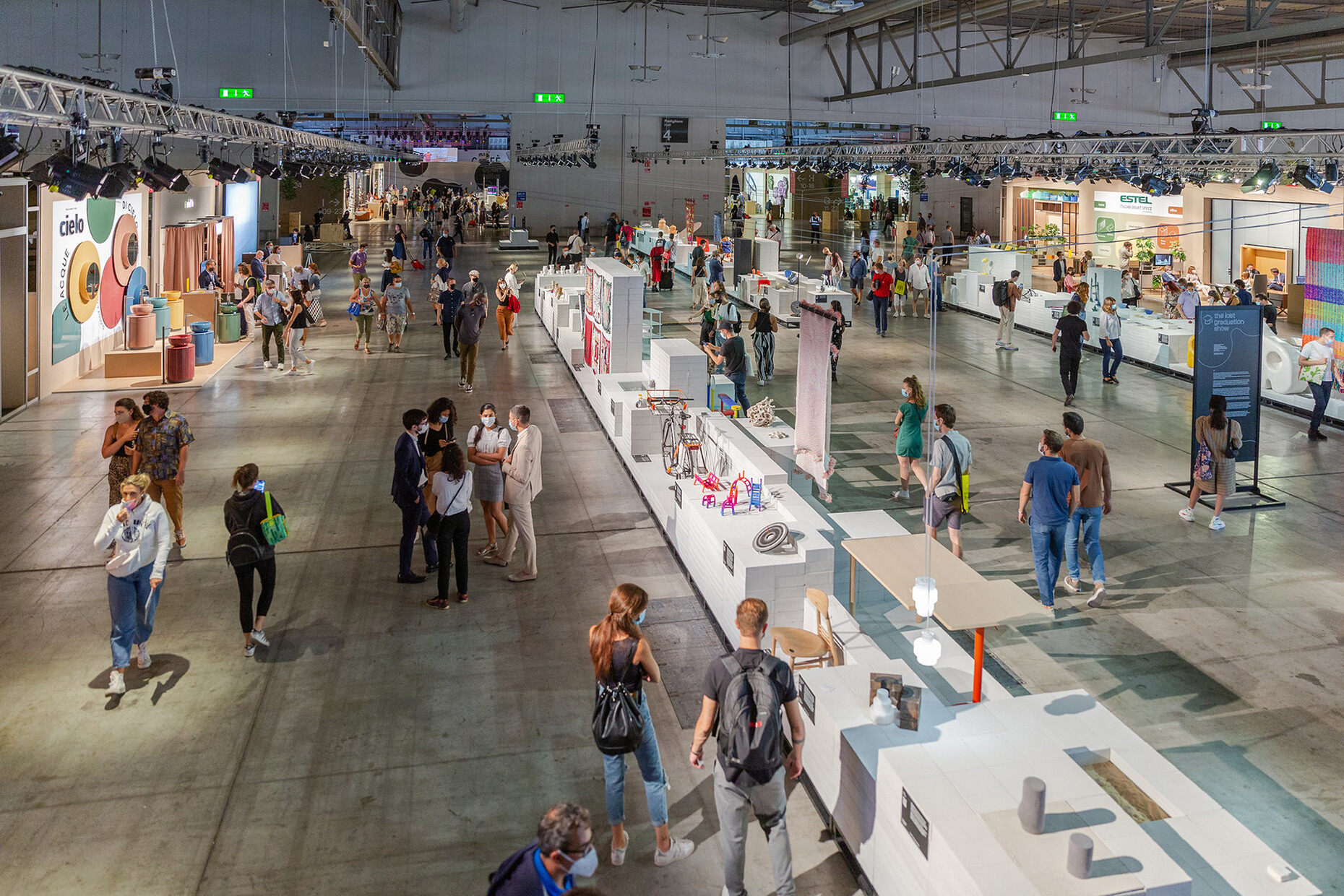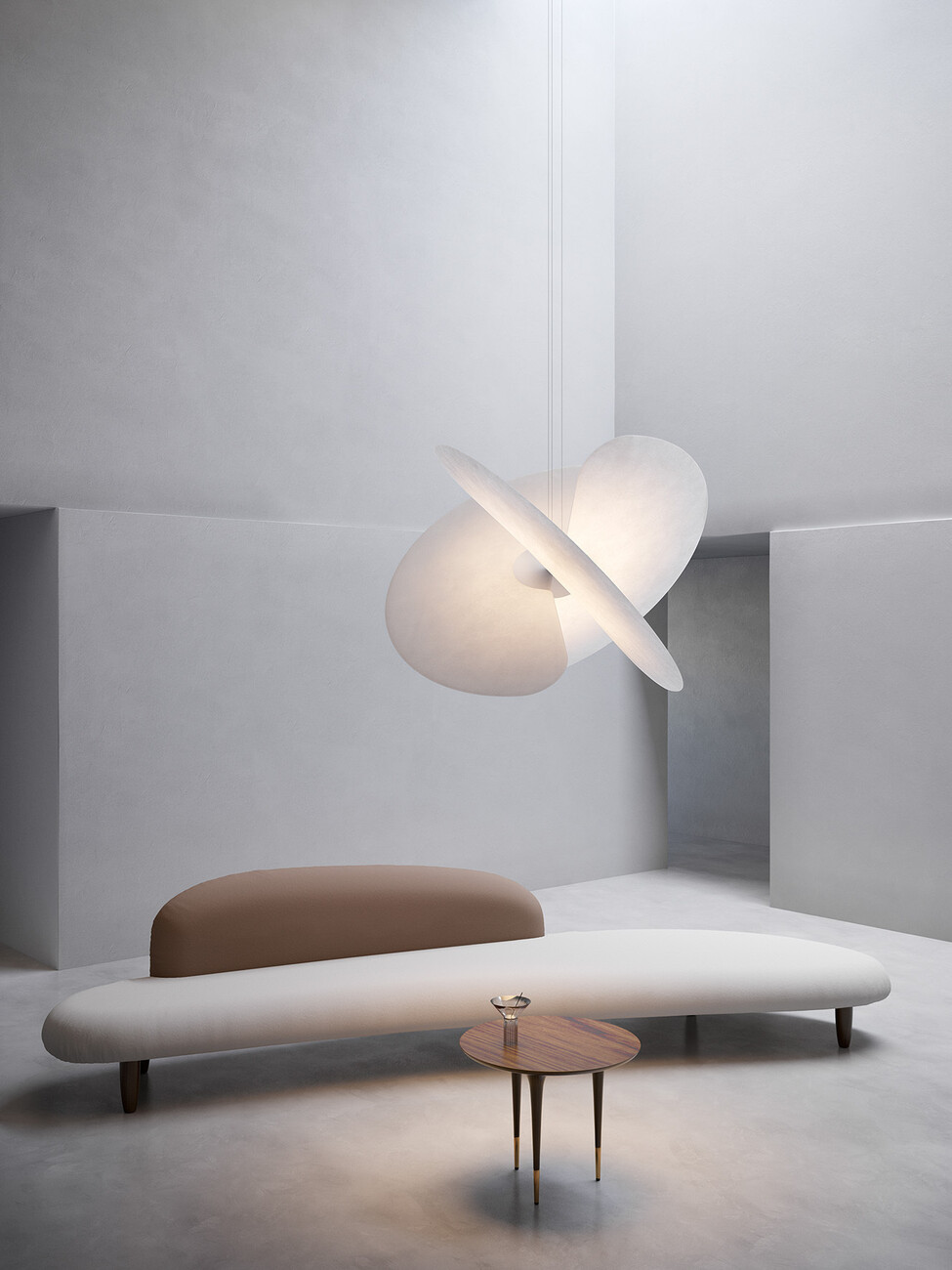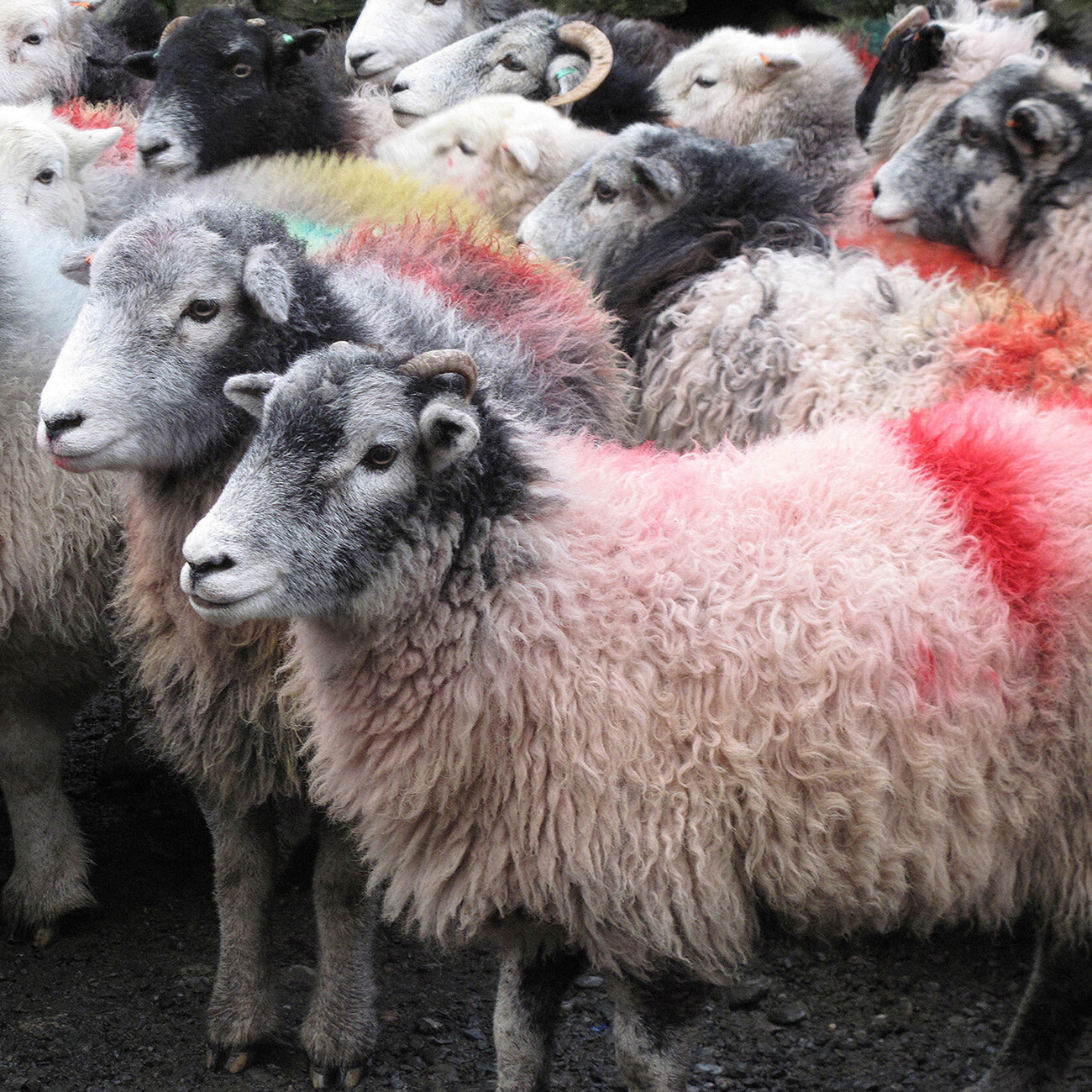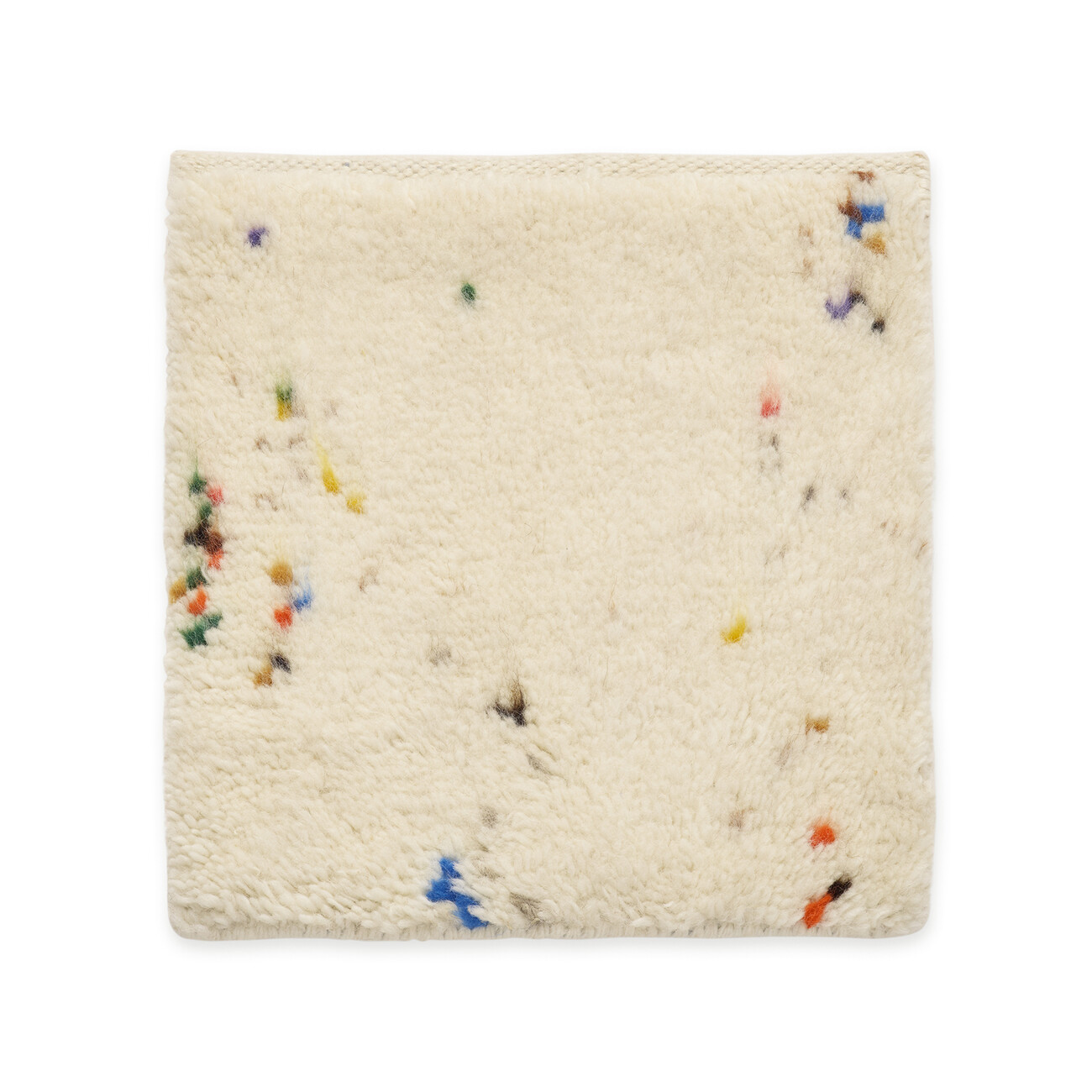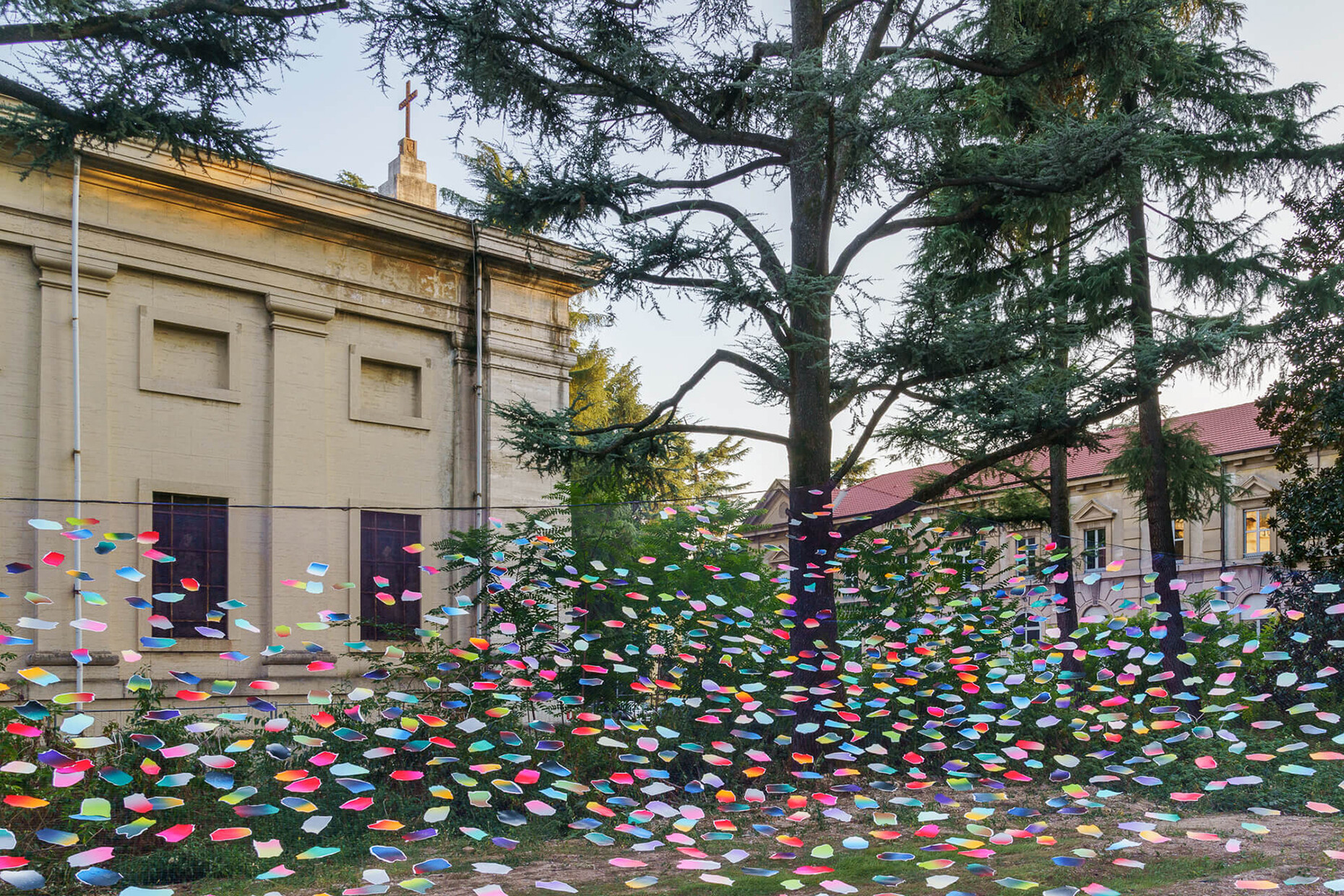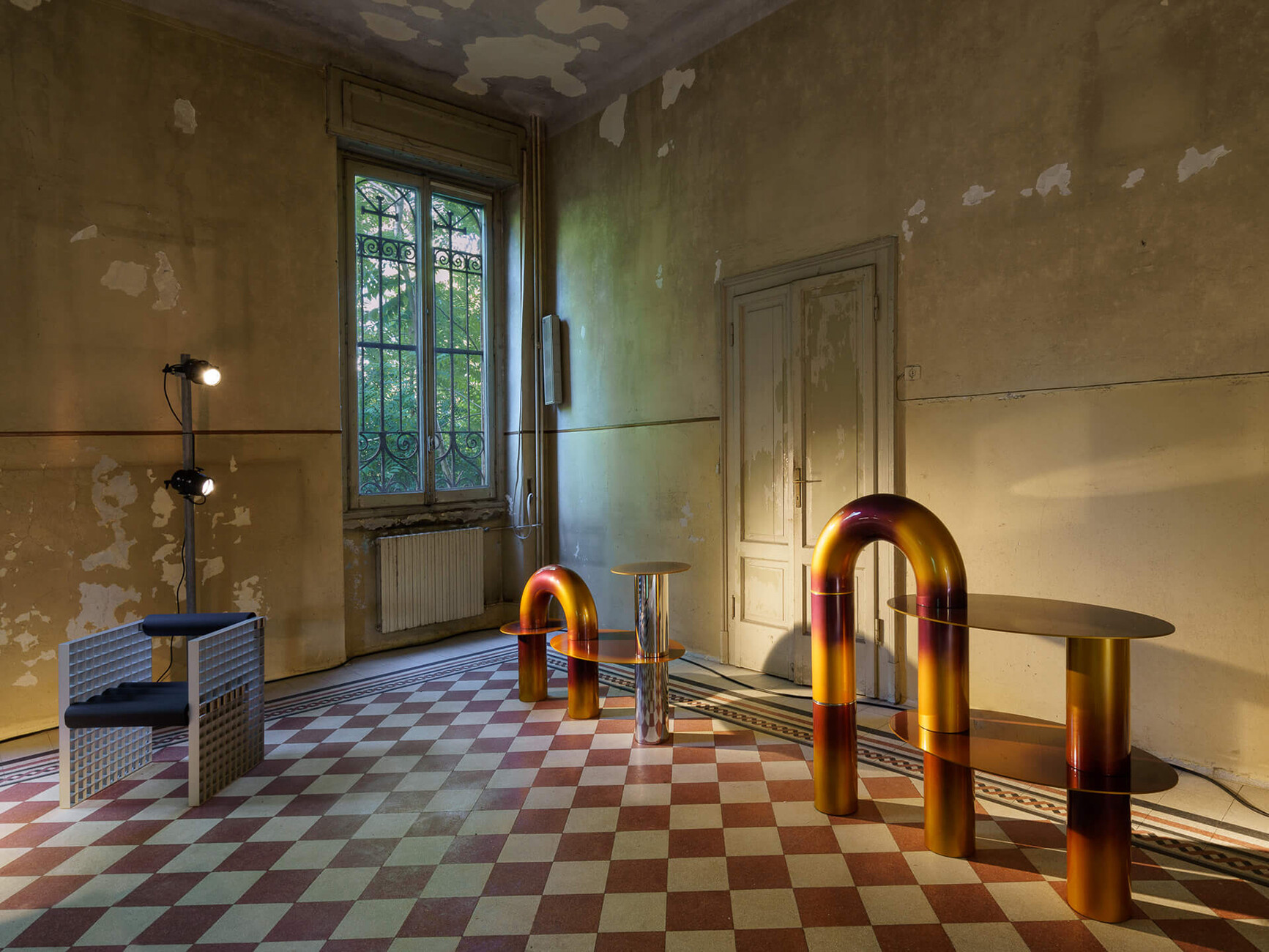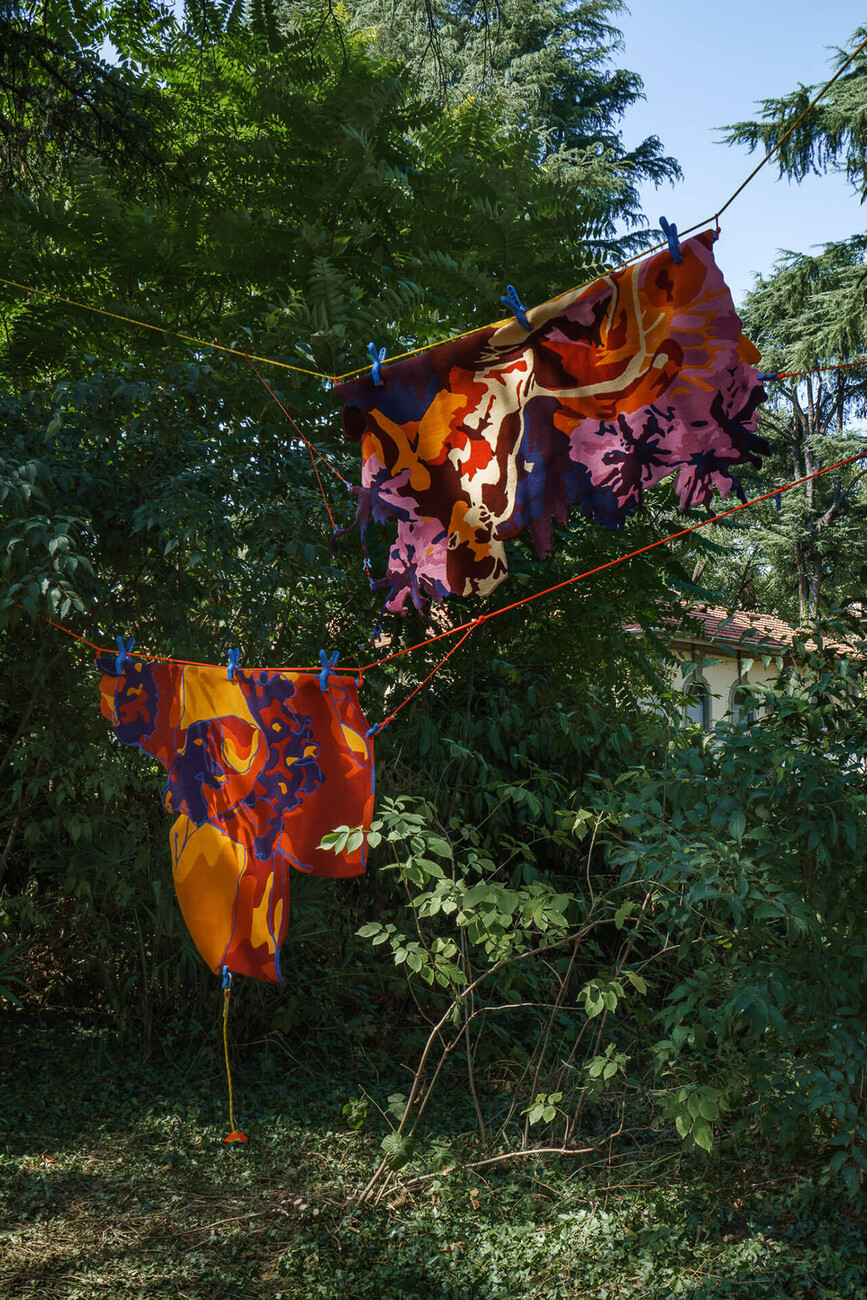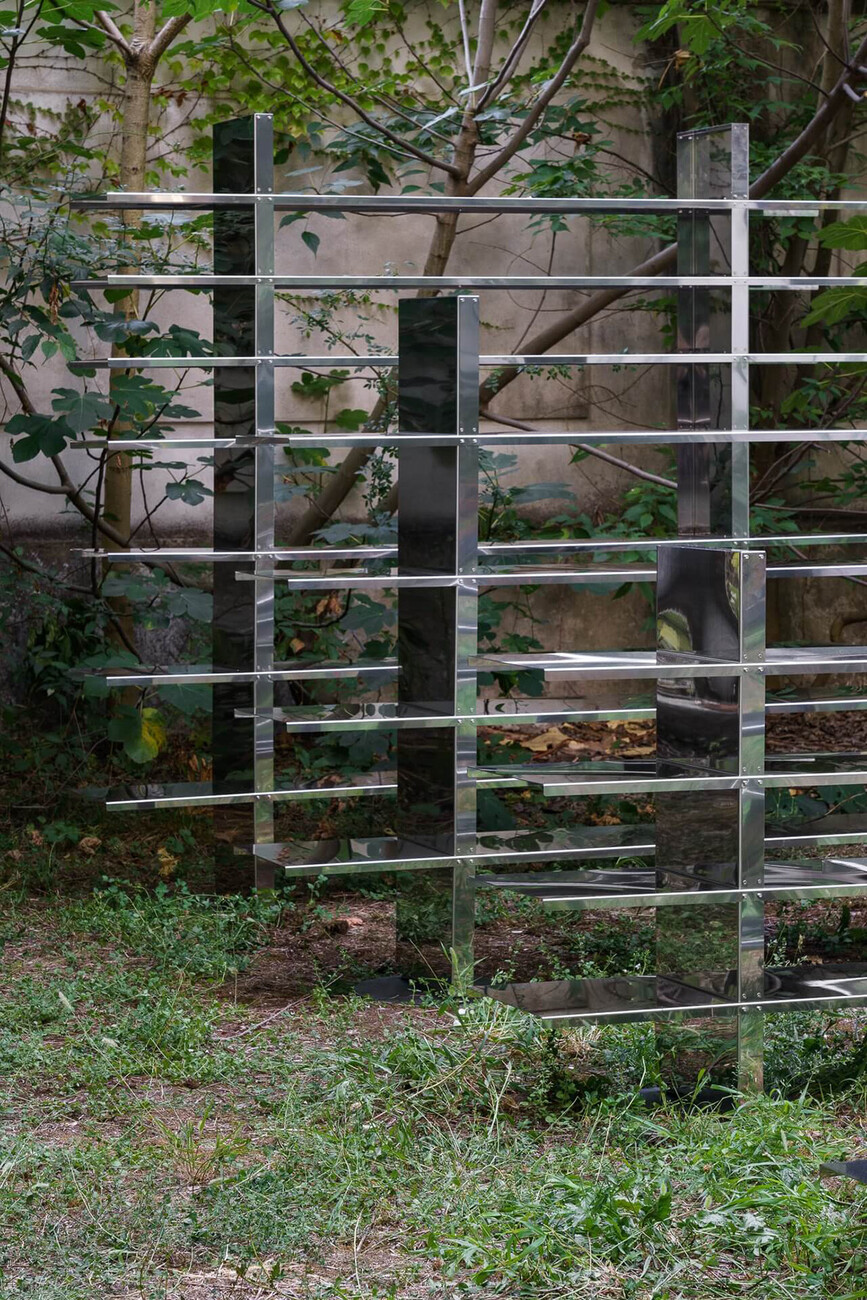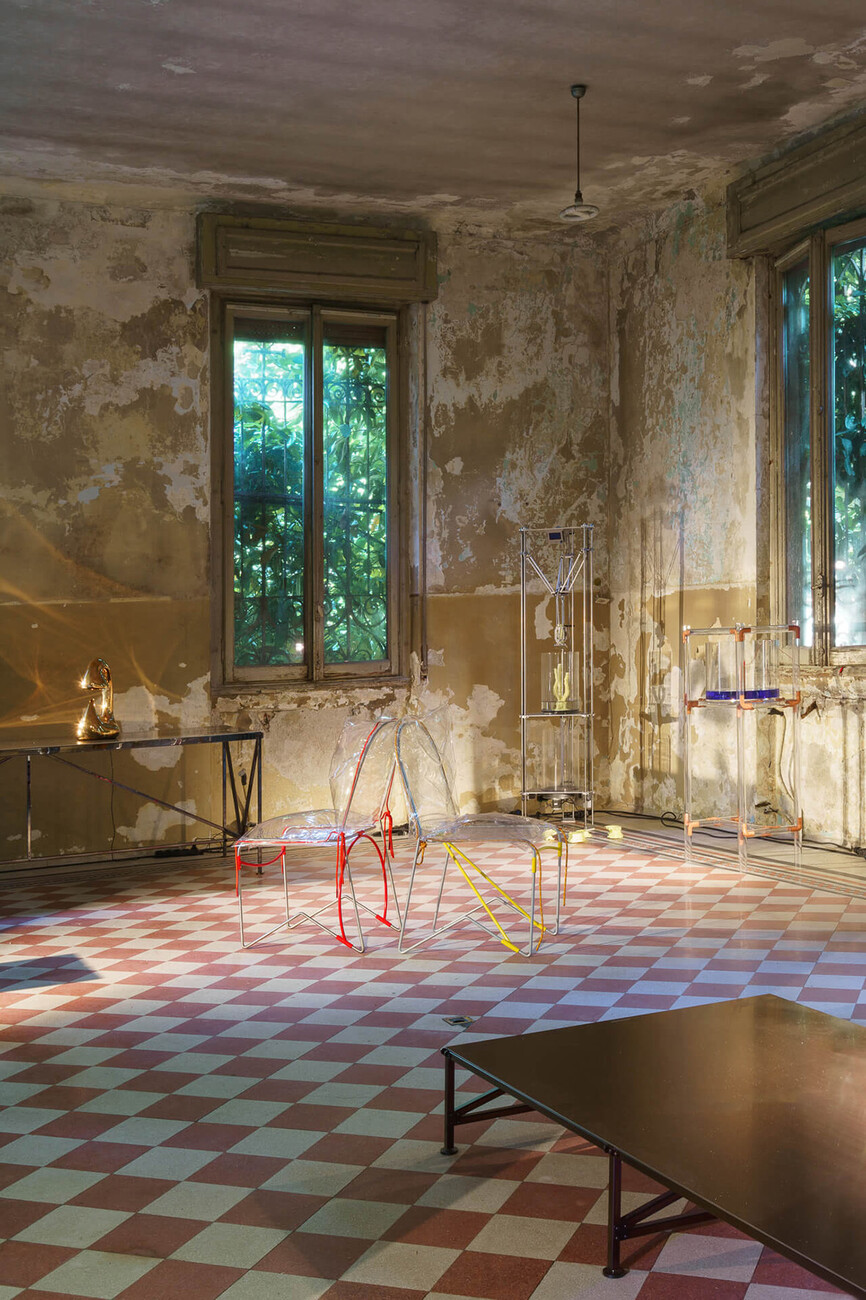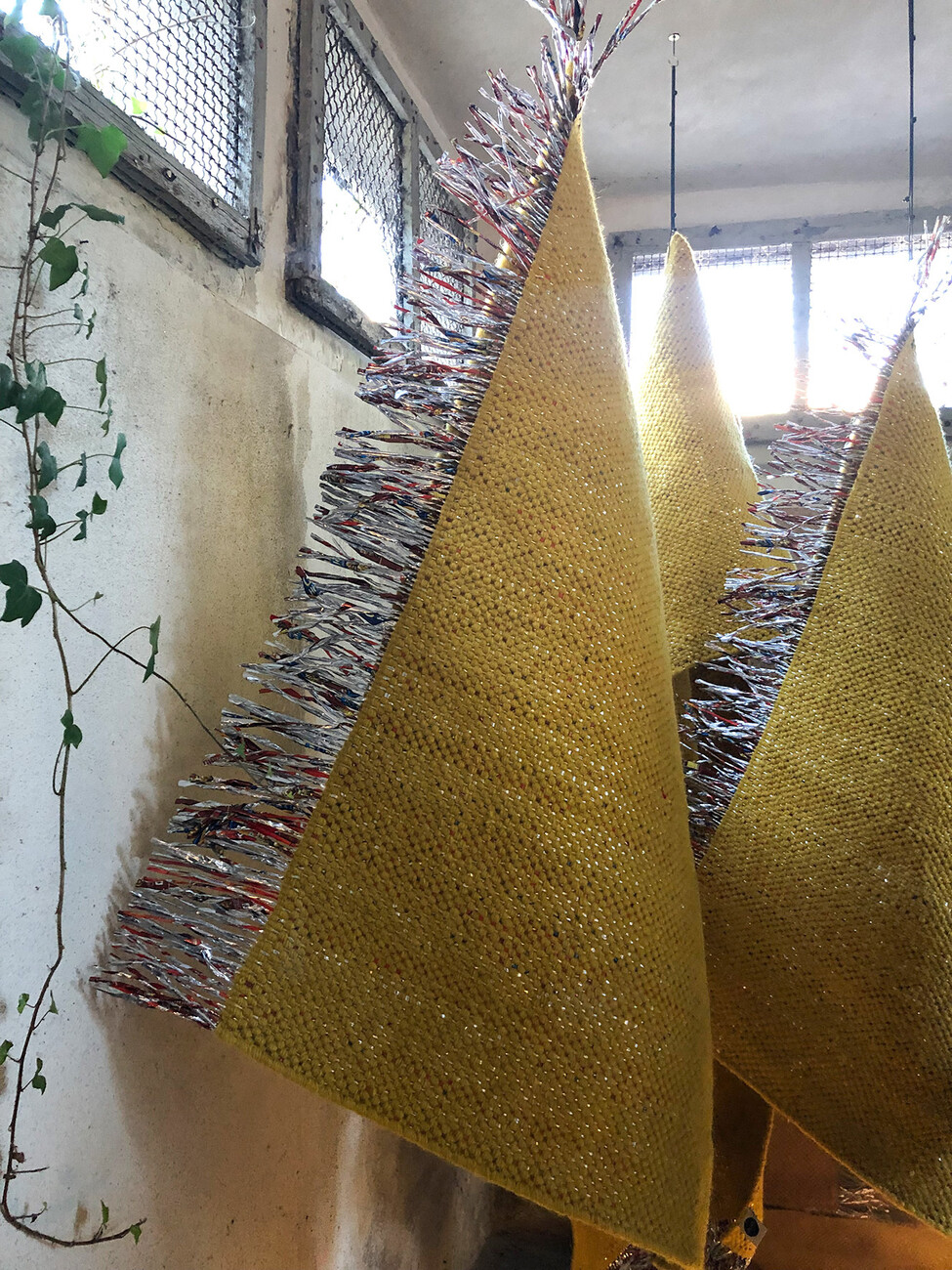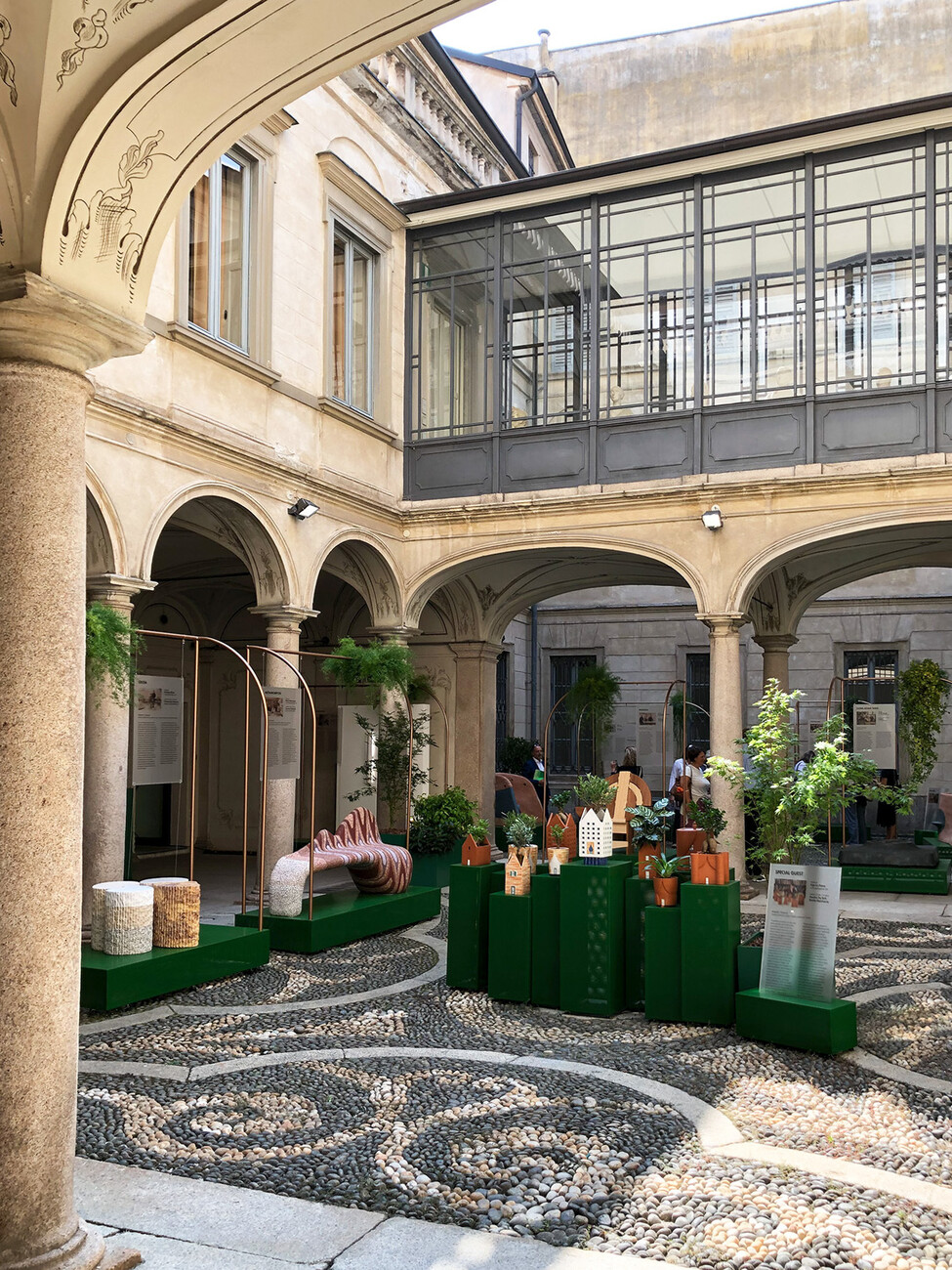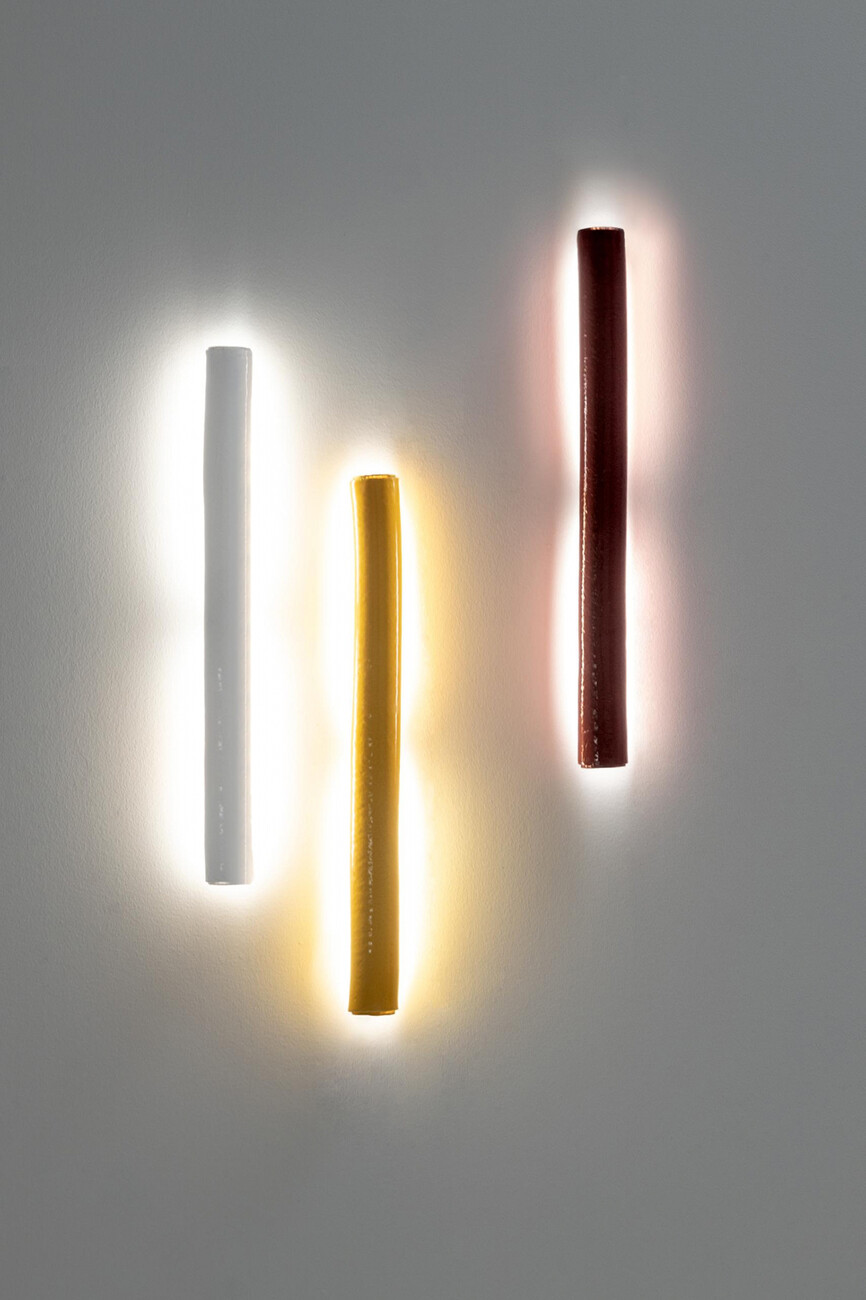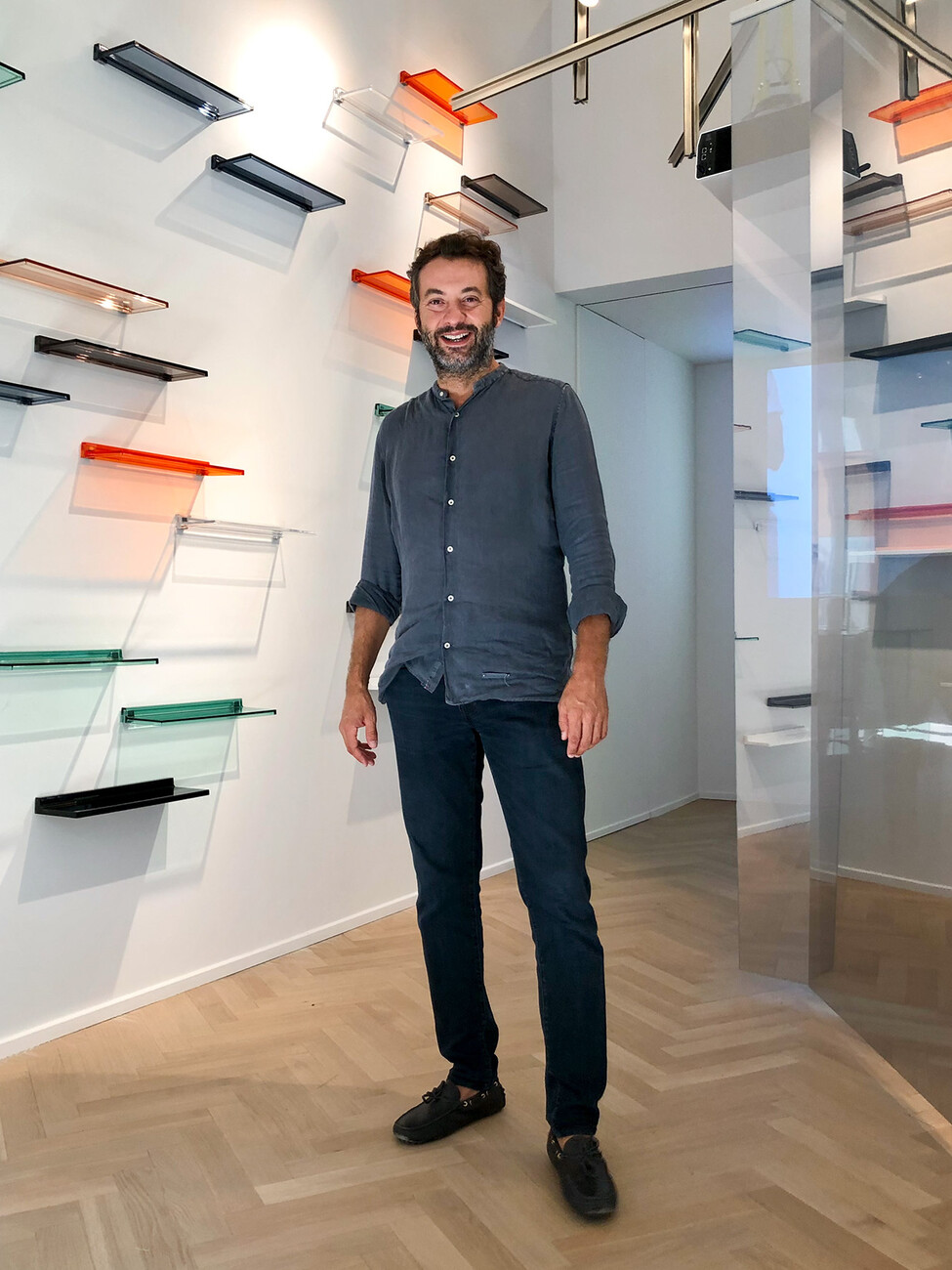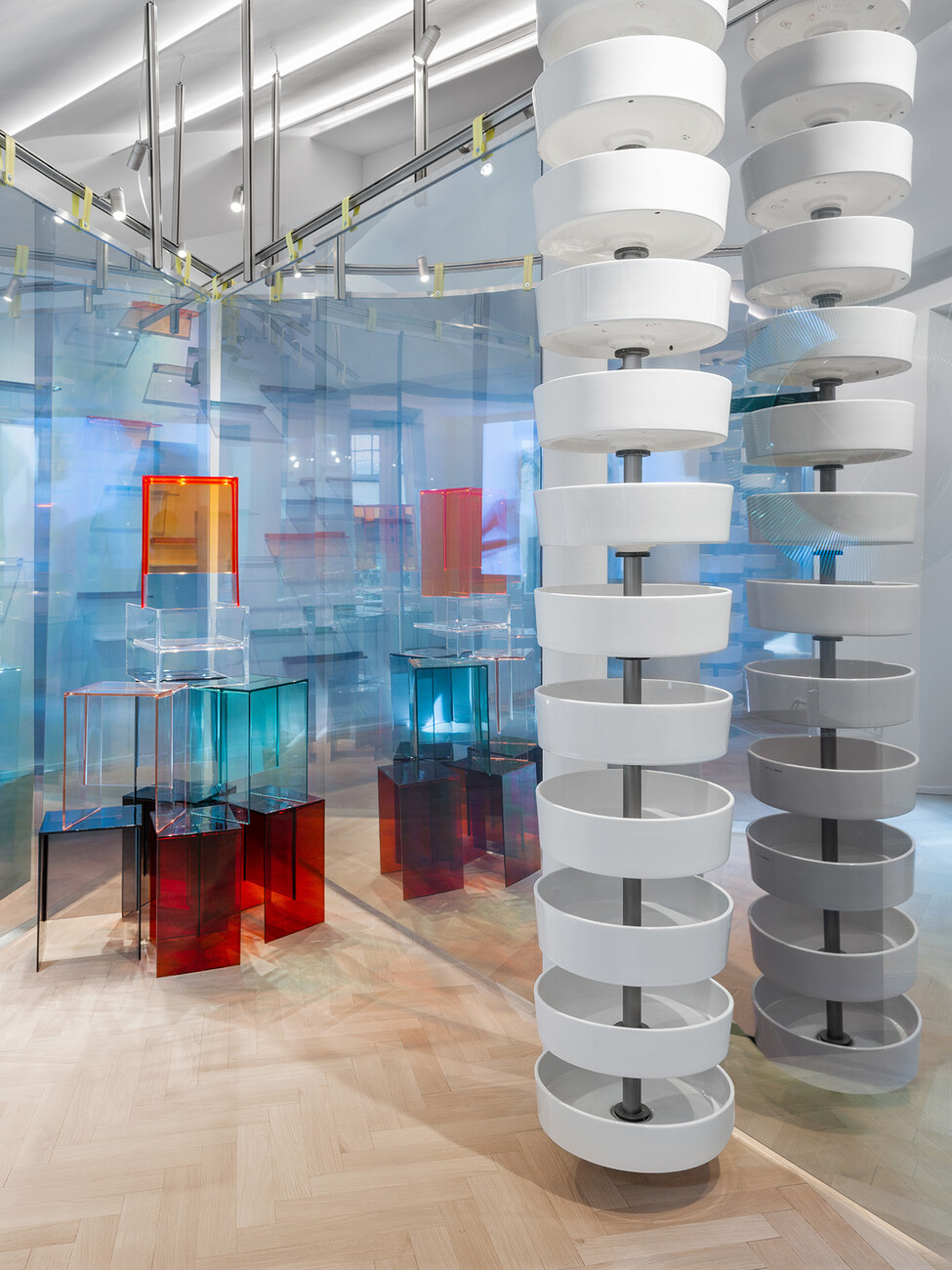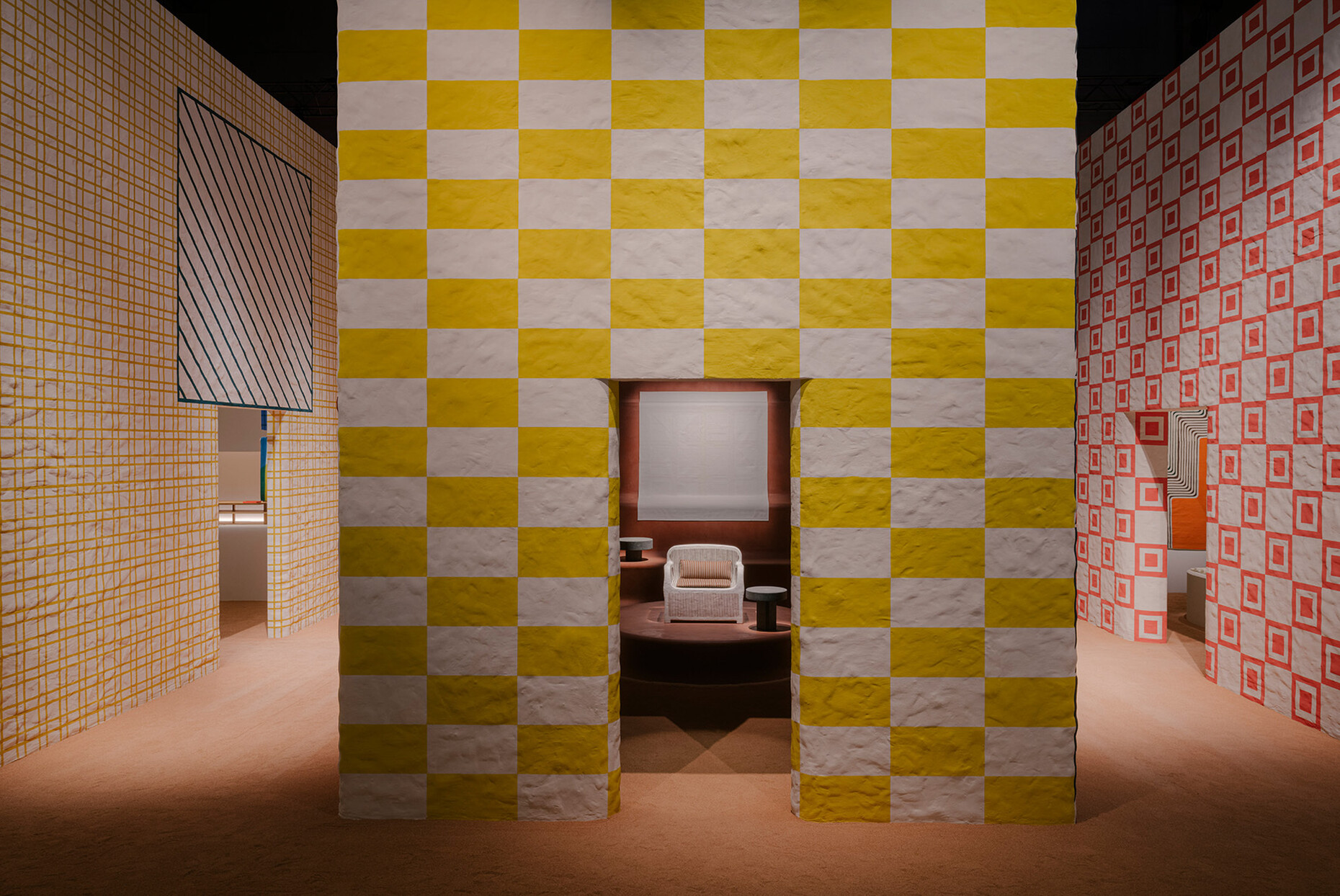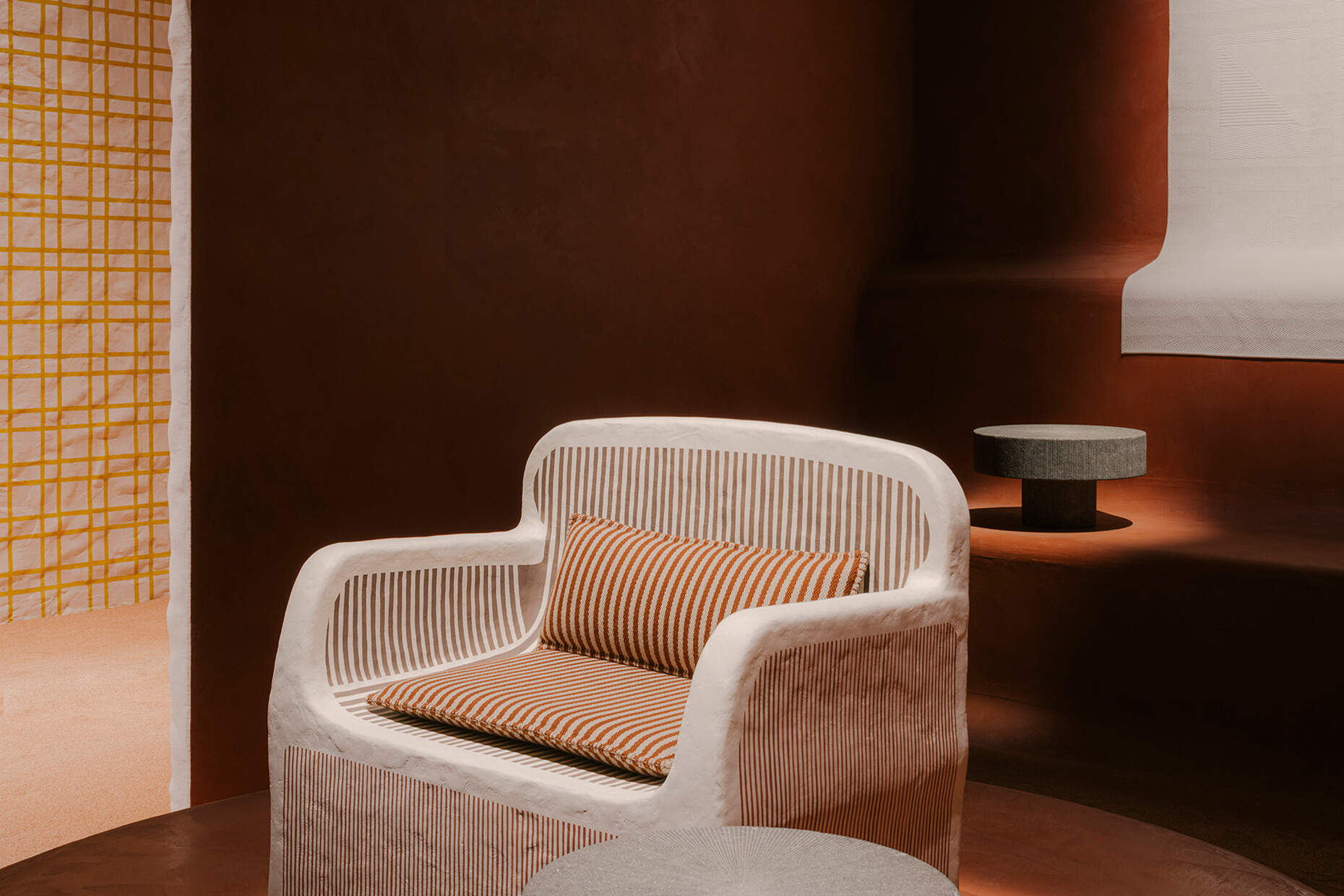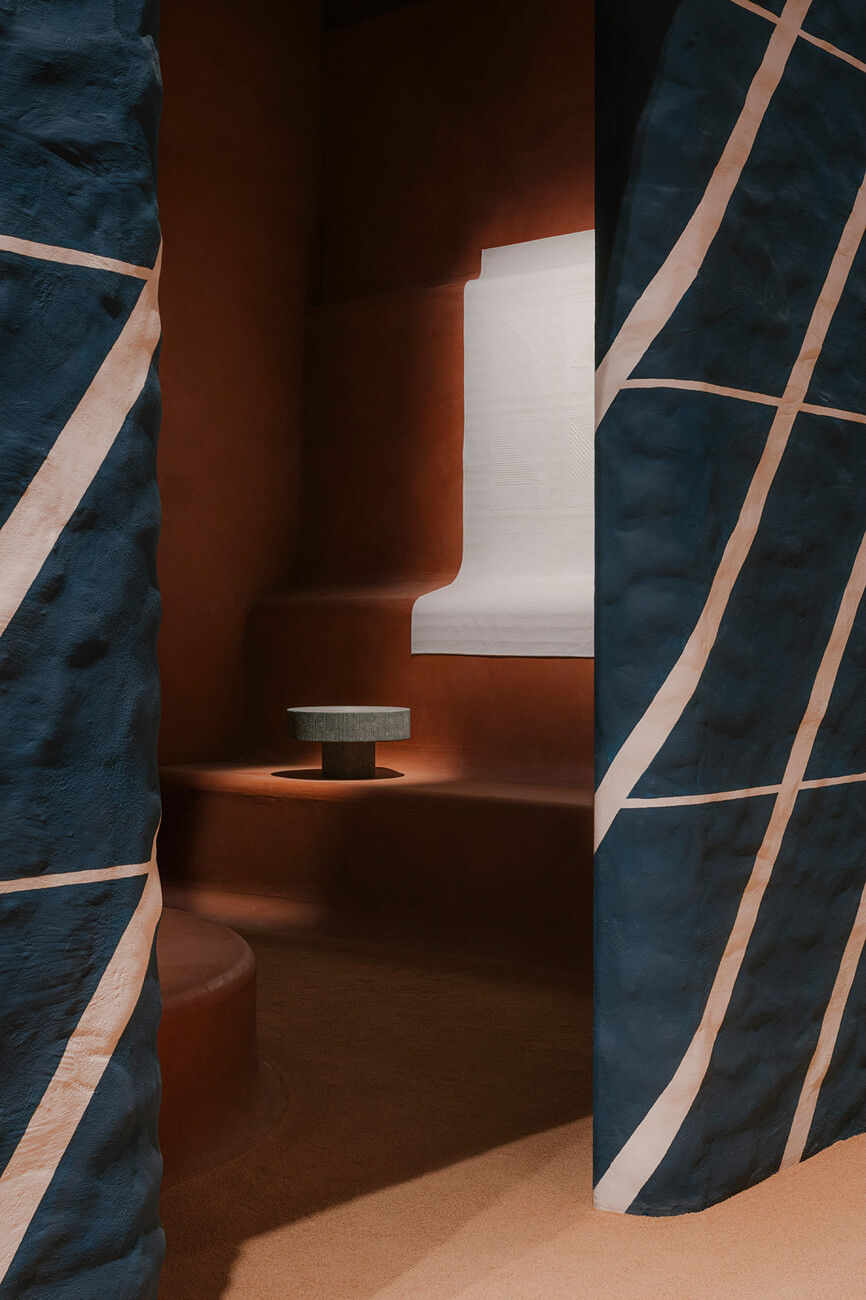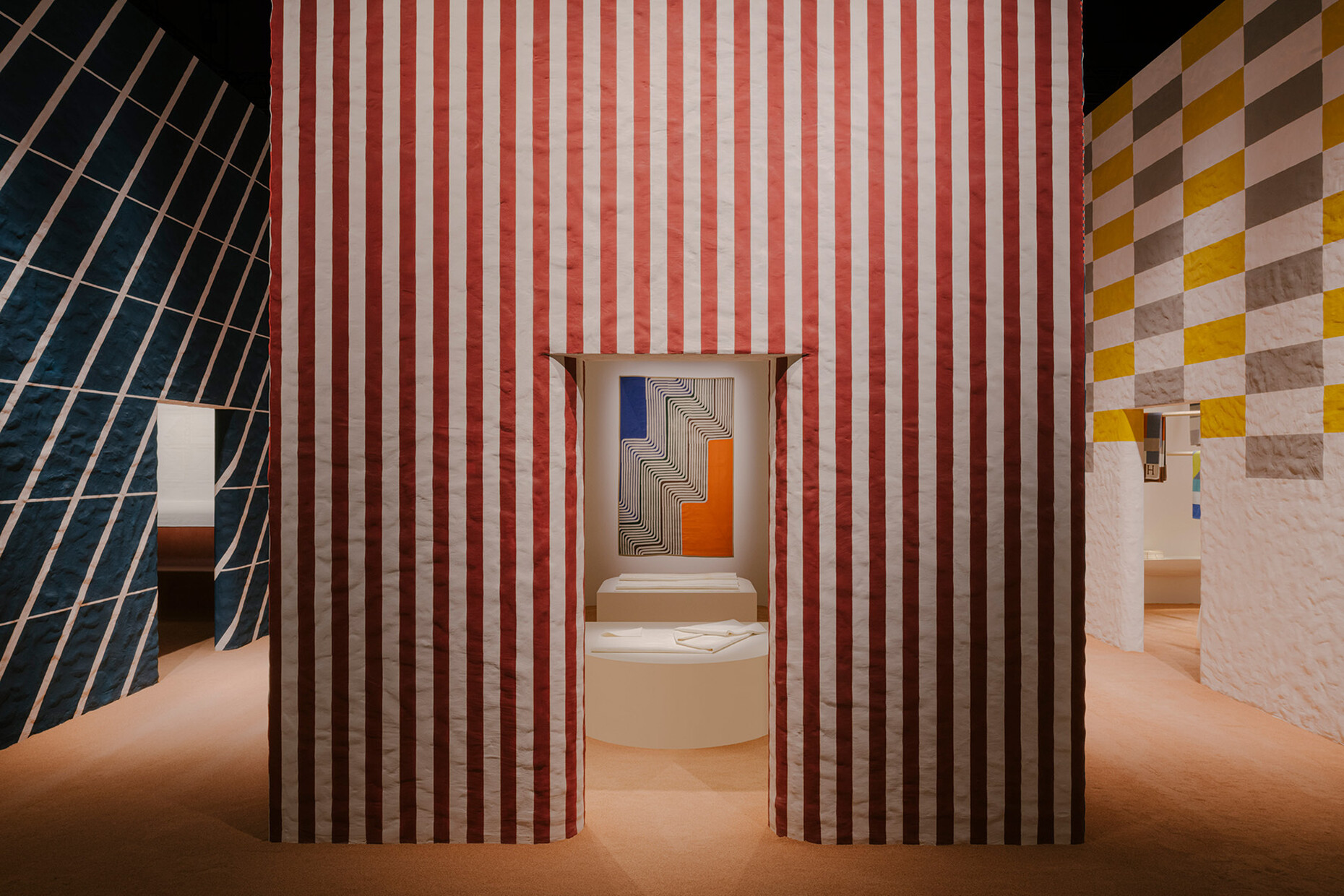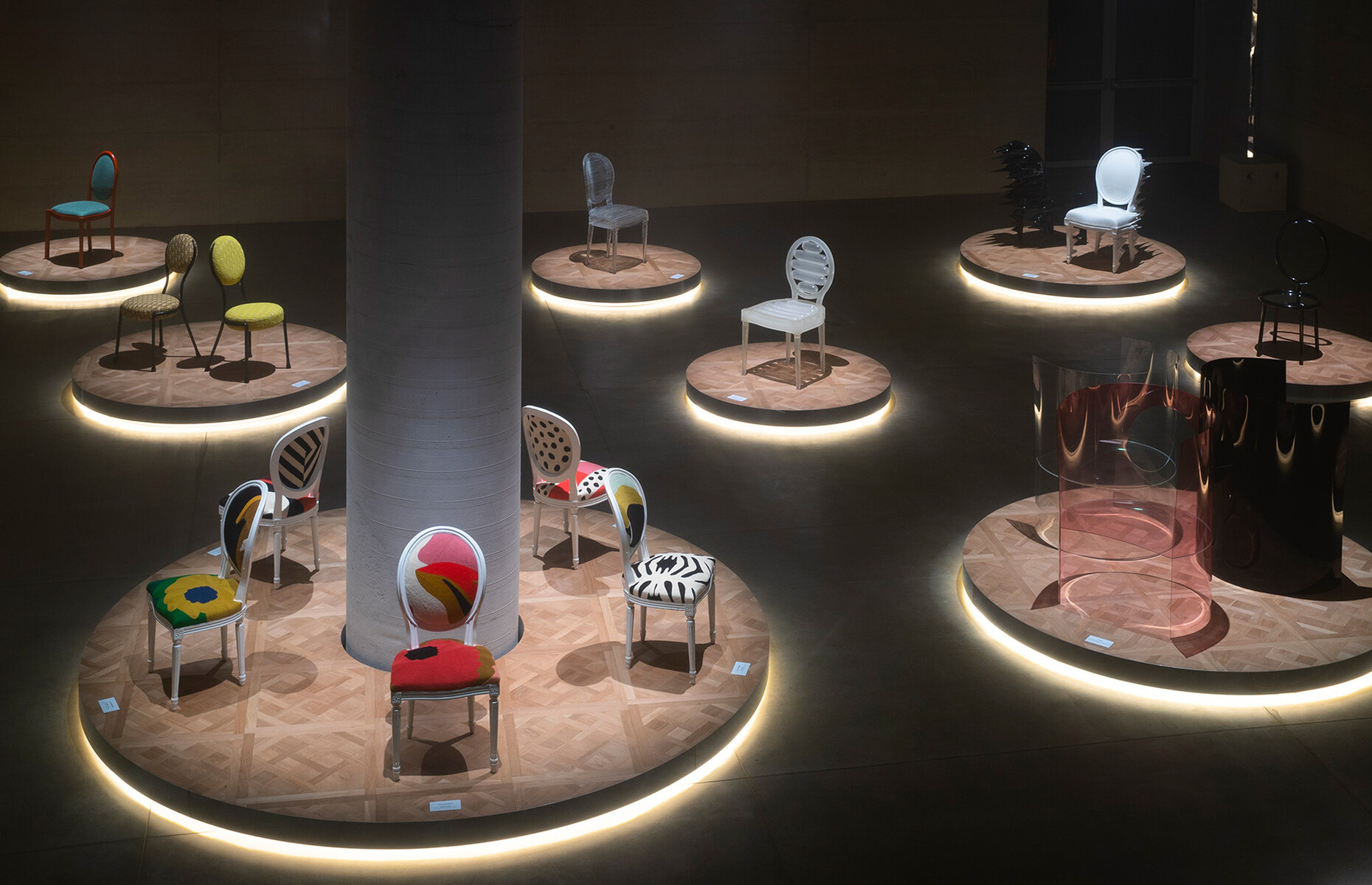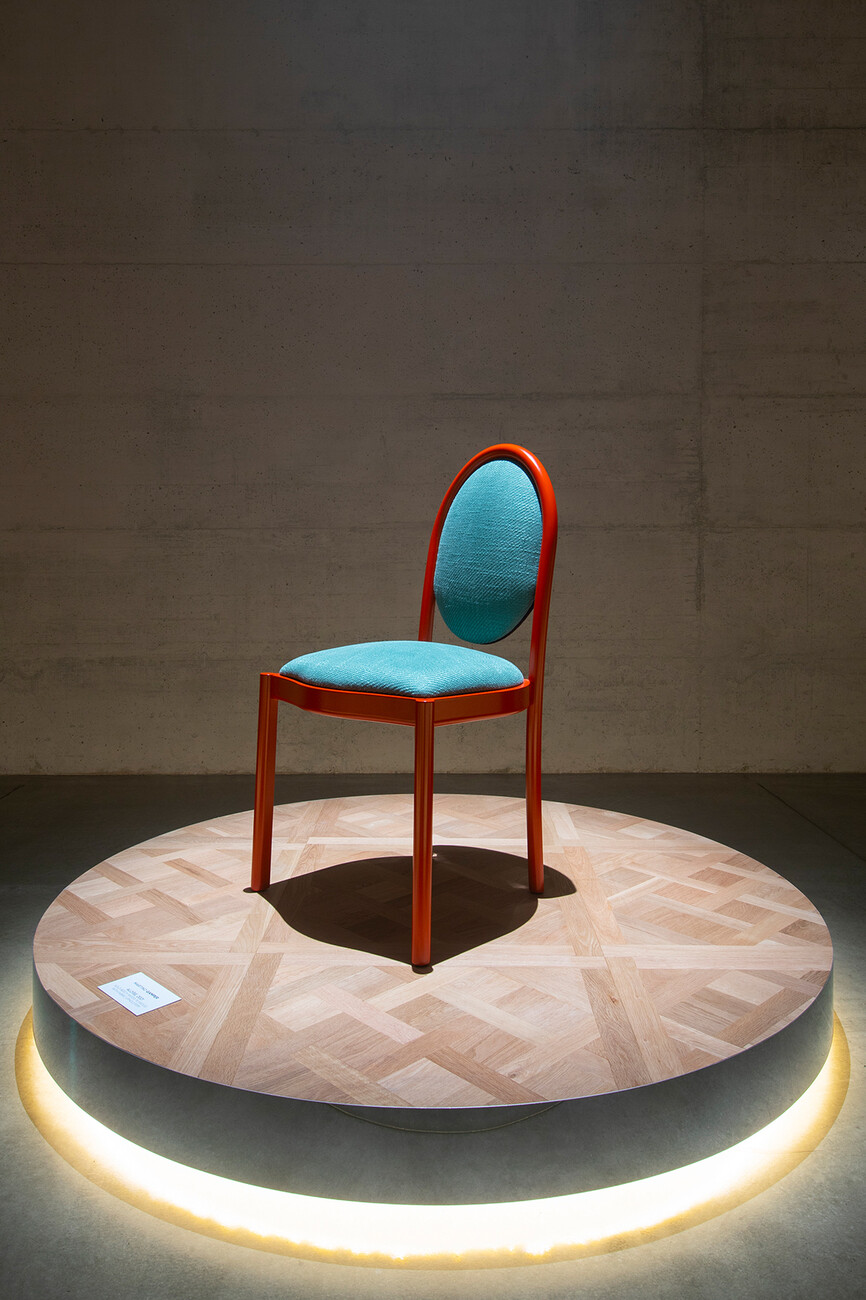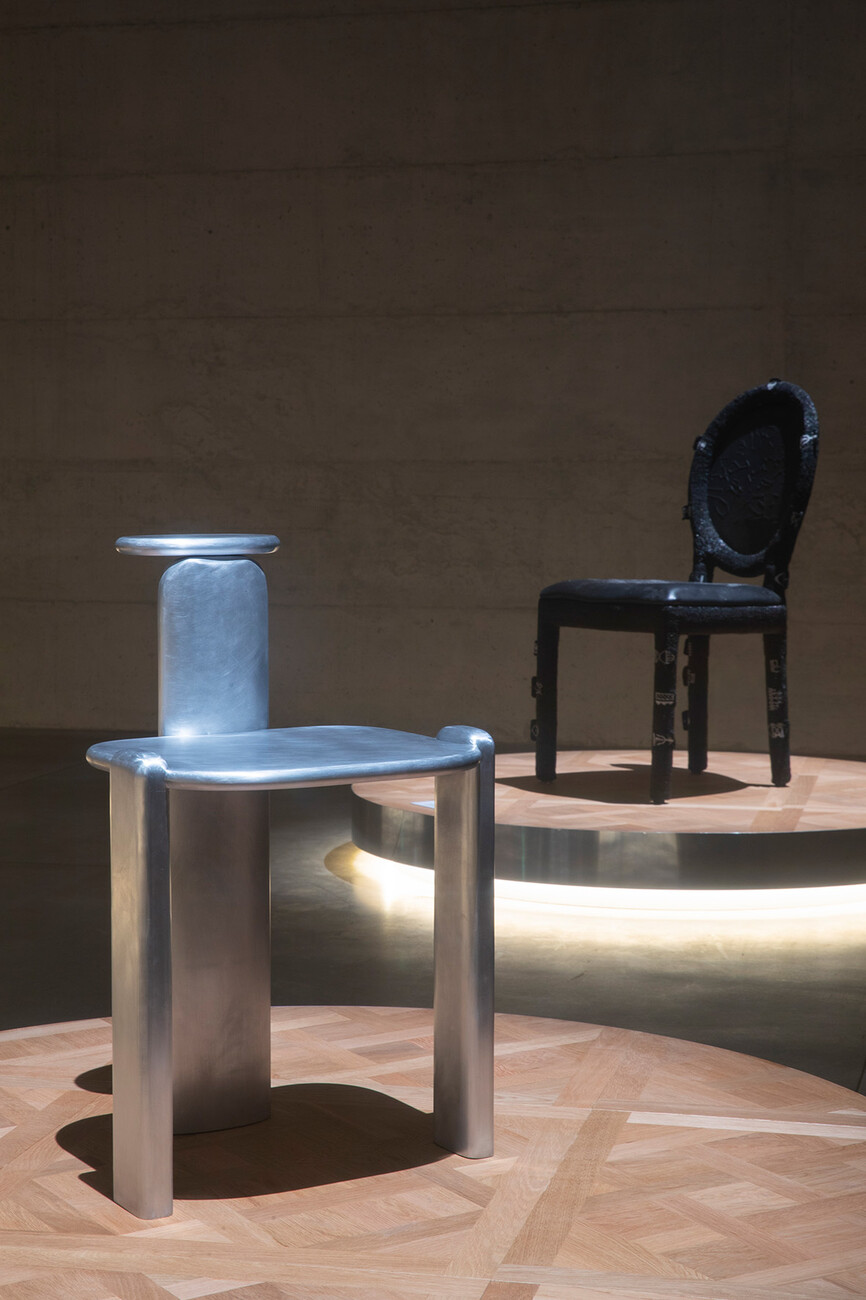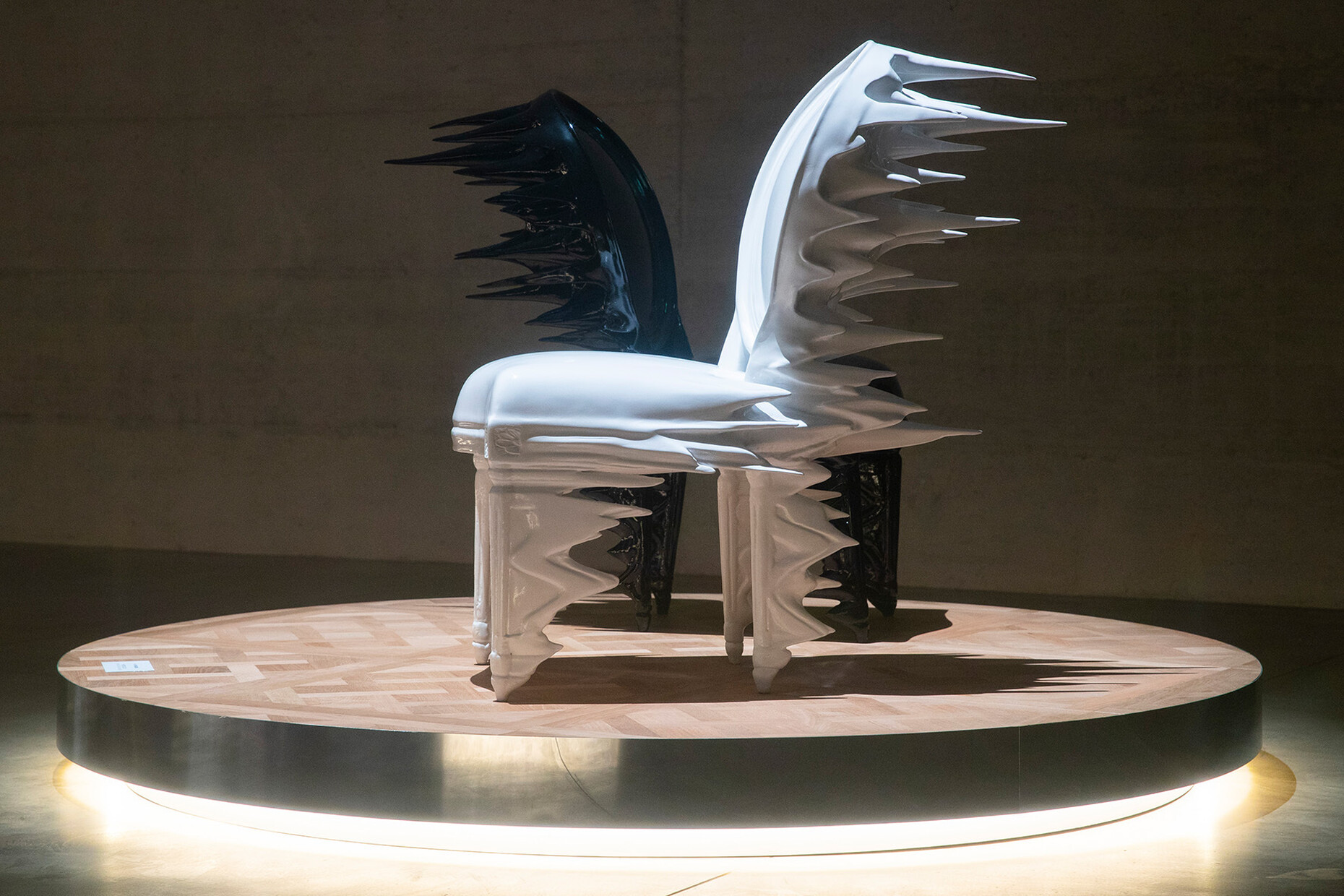Salone del Mobile 2021 – Review
On the move
Milan, finally again. After the world was put into pandemic lockdown from March 2020, trade fairs and events were out of the question. While these had previously structured the calendar of the design scene, everything was now suddenly floating in the open. Companies and designers had to re-coordinate processes, question visions, find new ways and invest in digital solutions. With the supersalone, the Salone del Mobile.Milano has put together a special event in just a few months that gives hope for a new start. But it also raises questions about how sustainable, flexible and hybrid a modern furniture fair should be, what aesthetics are in demand, which audience one wants to address and which offerings are necessary for this. The first four of the total of 24 pavilions at Fiera Milano were played host to a good 1,900 projects on almost 69,000 square metres. Of course not comparable with the usual dimensions of the Pre Covid-Salone del Mobile, but that was not the aim of the curator, architect Stefano Boeri and his team of co-designers such as Andrea Caputo, Maria Cristina Didero, Anniina Koivu, Lukas Wegwerth, Marco Ferrari, Elisa Pasqual and Giorgio Donà. And so the supersalone seemed more like a combination of design biennial and festival than a classic furniture fair. Instead of strolling through elaborately designed living worlds, it was now possible to experience a product essence of the exhibitors in fast forward along the given aisles, which they posted on slightly raised pedestals and attached to the walls. As only few staff were allowed on the areas, QR codes for scanning and the supersalone's own app served the need for further information. In parallel, the Salone del Mobile website offered a presentation of the products and brands as well as interviews and podcasts. Some manufacturers also created virtual showrooms on their platforms. The floors of the podiums and halls were made of wood or concrete, carpeting was predominantly dispensed with - a change that gave the rooms different acoustics, because the step of the visitors was not automatically slowed down by the hard subfloor, their sounds not muffled.
The audience itself was also different: Instead of holding the kick-off exclusively for the professionals, end customers were also allowed to experience the supersalone from day one. So families with strollers mingled with the familiar faces of the scene. People wore shorts and T-shirts, and the atmosphere was more like a shopping event than a trade show. "The presence of the general public as visitors should be a constant for trade shows. There is no reason to exclude the end customers from the group of trade visitors," said Stefano Boeri. This may be still strange for some of those who were previously used to immersing themselves in the elaborately designed trade show architecture in business attire, exploring the new products in extended tours, or holding technical discussions with the exhibitors over a coffee. Instead of exclusive, the setups mostly seemed makeshift – from the food courts to the displays for product presentations. Even the extensive talks of the accompanying program took place on wooden stands, such as "On Design" with Stefano Boeri, Marva Griffin and Hans Ulrich Obrist. These were broadcast in parallel as a livestream and can also be accessed digitally afterwards. "Enzo Mari would have liked the supersalone," summed up Marva Griffin, referring to the latter's flair for clear and practicable solutions in design. Simple, not glorious - for the Salone del Mobile, this decision certainly meant jumping in cold water. But the brave step forward also promises a new normal, a focus on sustainable ideas and economic upswing: "We broke with conventions in order not to remain in a situation that would have impoverished the system internally and that could have endangered the primacy of Milan," says Maria Porro, President of the Salone del Mobile.Milano.
Without illusion
The fact that the uniform exhibition structures made of untreated wood by Berlin designer Lukas Wegwerth have a limited lifespan was not concealed as usual in favor of environmentally friendly recycling at the supersalone. No material was to be wasted for the temporary exhibition, even the trees erected at the East Gate will be planted after the event ends. And so the raw view into the heart of the exhibition architecture was expressly desired. This certainly had its advantages, because thanks to the many passageways and open sections, new paths were constantly opening up. Nevertheless, visitors could not avoid crowding into the aisles due to their narrow width - a contrast to the otherwise spacious areas, which were not used except for a few seating islands and thus seemed somewhat lost. Given the travel restrictions still in place, mainly European manufacturers showed excerpts from their new products and existing ranges. Nevertheless, an extensive range was offered, which also applied to the type of presentation: in some exhibition areas, three chairs stood on an otherwise empty surface, at most accompanied by a larger-than-life designer portrait on the wall. Instead, at Molteni&C, visitors were allowed to take a seat in an installation by Ron Gilad, which staged the interior of an aeroplane in retro style. Giorgetti had a disassembled version of Raffaella Pugliatti's "Etoile" rocking chair float above the space like a mobile, and Knoll International chose an abstract, three-dimensional skyline of New York City by architect Ippolito Pestellini Laparelli as the basis for its presentation, a tribute to the company's historic advertising campaigns. A look back at achievements united with a spirit of optimism at many points. For example, in the form of the ADI/Compasso d'Oro exhibition "Take your Seat – Solitude and Conviviality of a Chair." Curated by Nian Bassoli, this presented 30 awarded chairs and over 100 honorable mentions from recent years and decades.
Luxusstainability
Two themes that seemed to hover over every booth: Sustainability and craftsmanship. Furniture should once again be durable, as multifunctional as possible for use in all living areas, and modular in design without sacrificing comfort or aesthetics. Instead of one-sided function, what counted was a life-oriented approach and the possibility of individualization that goes beyond changing the cover or selecting the color. The example of "Mixu" by Gensler for arper was a good illustration of the current demands on furniture design: "Mixu" offers a system that includes a series of material components that allow almost limitless design possibilities. The seat options are thus available in recycled plastic, FSC-certified wood, fabric or leather, which can be combined with backrests in plastic, fabric or leather, as well as with four-legged frames in metal or also FSC-certified wood. The upholstery of the backrest and the seat, as well as the filling of polyurethane foam are attached without the use of glue or staples. In addition, the chair can be delivered disassembled to reduce the volume and ecological footprint. While the established manufacturers are working in this way to optimise processes in order to create "Luxusstainability" (a neologism by Kaldewei), the young generation's thoughts are more along the lines of "adding value to the essentials".
The works in the exhibitions "The Makers Show", which was dedicated to self-producing designers from all over the world, as well as the students' projects in "The Lost Graduation Show" thus showed numerous material experiments, for example for leather alternatives or the replacement of plastic fibers with jute, flax and hemp from local production. Supporting these should also make it possible to reduce transport distances and provide decentralized producers with new opportunities for economic growth. This is a task that the Canadian collective Fogo Island Workshop, among others, has dedicated itself to. In addition, participants explored material recovery in the course of re-evaluating surpluses declared as "waste," such as plastic, wood, animal bones, shells, algae or textile scraps. Likewise, increased attention was focused on the advancement of technology, such as 3D printing. Even projects in the field of vehicle design were part of the multidisciplinary exhibition, such as the adaptive/responsive system "e-töff" for motorcycles by Thomas Heyder from the Weissensee School of Arts Berlin or "Misano" by Suzuki, a concept sports car developed by students of the Master's program in Transportation Design at the IED Instituto Europeo di Design.
Together for yourself
The range of products on offer at the supersalone also shed light on the question of future social togetherness: How can furniture help to create a sense of community while at the same time ensuring a pandemic-proof distance? One solution could be modular seating landscapes like "Embrace" by Carl Hansen & Søn – "architectural seating furniture" that brings structure to the space with clean lines. Bla Station's "Bob Hide" offers several options for community retreat: high backrests, flexible plexiglass panels, and the ability to combine elements in dynamic shapes. Or you can sit down right away in the fresh air on a single seat - for example on "Tank" by David Thulstrup for E15 or on "Aaron" by Pio&Titotoso for LaPalma with an integrated table made of stainless steel and iroko wood. A design that does not look out of place in interiors either. Marco Merendi and Diego Vencato proved that this can work even with furniture made of cement with the monobloc side table "Caementum" for Pedrali, whose table surface has been processed so that it is velvety smooth. The vertical recess in the base also keeps the series from looking massive. With the "Matéria" lowboard series for ClassiCon, Christian Haas relied on artfully milled tabletops made of travertine, partly dyed with indigo and combined with a frame made of maple wood. As part of the focus on natural stone, marble is also back: Studio Agglomerati created the "Mass" collection in collaboration with Australian furniture manufacturer Fred Ganim: three sculptural, slender objects that can serve as multifunctional room dividers with curved table surfaces.
Questioning existing perceptions and bringing them into a new form – an approach that was reflected by many new products at the supersalone. Corners and edges were seldom seen, instead, organic bodies, soft roundings and soft covers in natural shades were very much in vogue. In the case of the new luminaires, the search for the essence took the form of a reduction of complexity. Jasper Morrison created with "Oplight" for Flos what he called "the most obvious, definitive form that a wall lamp can have". A circuit board fitted with LEDs and a fluted plate ensure that the light is deflected from the wall at an oblique angle. Unobtrusive in design, but memorable – as is "Nile" by Rodolfo Dordoni for Foscarini, for which a glass diffuser is mounted on a marble base that interlocks at the corners and stays in place thanks to invisible connections. Flos focused in parallel on a high degree of flexibility: the collection "Vine Light" by BIG offers a variety of lighting scenarios, as opto-electronic and mechanical elements are built into a flexibly rotatable body. Luceplan showed "Levante" by Marco Spatti, an intersection of three large compartments that come together to form a light body and distribute light evenly over the surface. The material comes from the food industry and is washable, resistant and recyclable. Omer Arbel, on the other hand, gave the luminaire body an artistic touch as usual, bringing together several glass artists in a performative act for "100." Molten glass bubbles were smashed together to create interlocking shapes.
Reduction to the essentials on the one hand, the search for comfort and a protective atmosphere on the other: The carpet thus experienced a revival as a wall hanging, as in the show by Trame Paris at Alcova or in the form of the reproduction of the "Centimetre Rug" by Eileen Gray at ClassiCon. At Jan Kath, visitors were also able to look over the shoulder of his son Sanchir, who demonstrated the traditional craft at a knotting loom. Graphic designer Peter Seville presented his first carpet collection with "Technicolor" for Kvadrat: He translated the many markings made on the fur of sheep to convey belonging or current status into loose melodies of color. These have a cheerful effect without being too visually weighty, an elegant piece of pop that brings life to rooms.
The joy of diversity
Since not all new products could be exhibited in their entirety in the small space of the fair, the installations of the manufacturers in the showrooms and galleries took on a new meaning for the trade audience. They also offered a variety of installations worth seeing, such as "Are you open minded?" by Matteo Fiorini and Studio LYS, in which the products of Kartell by Laufen were distributed around the room like sculptures in an art gallery. Hanging iridescent elements reflected the light on the walls and ceiling to create a kaleidoscope of colors and transparencies. Likewise, this year's special edition of the Salone del Mobile offered a dialogue between craftsmanship and design, as in the event "Doppia Firma: A Garden of Talent," for which Sabine Marcelis and Stylnove Ceramiche designed the cylindrical wall sconces "Pipe Lights" and Dorothée Meilichzon with Morelato designed the wooden armchair "Panarea." The classic "Cape Cod" deckchairs served as Meilichzon's inspiration.
Curated by Valentina Ciuffi and architect Joseph Grima, Alcova offered an inspiring exhibition of the work of more than 50 creatives - including young designers, brands, galleries, cultural institutions and companies, such as Llot Llov, Mut Design, Nomad Studio, Création Baumann or The Swiss Arts Council Pro Helvetia – in three empty buildings on the grounds of a former military hospital just outside the city and embedded in a park. The exhibition of Hermès with excerpts from the "Collections Maison" was also an experience: Charlotte Macaux Perelman, together with scenographers from the Milan opera house "La Scala", transformed La Palota into an impressive setting complete with metre-high buildings decorated like totems. With archetypal shapes and surrounded by terracotta-colored sand, these gave a nod to the raw, natural materials used for the products on display – such as the "Sillage d' Hermès" armchair, shaped from beech wood and cellulose microfibers from recycled paper, or the hand-chiseled "Lignage d' Hermès" table made from Belgian bluestone. Dior also invited eleven designers and artists to reinterpret one of the house's signature pieces, the classic "medallion" chair. The creative results came from Dimore Studio, Nendo and Pierre Yovanovitch, among others.
So what stays of the supersalone? After all these months without physical events, it offered a moodboard for the themes that have also taken center stage in design since the outbreak of the pandemic at the latest: The search for a formal essence in which a new appreciation for craft and natural resources can be found. In this regard, the experimental format was certainly ideal for trying out new ideas and making the production as well as presentation of product design more inclusive and sustainable. What elements the Salone del Mobile will carry over to the regular fair will be seen next spring. In any case, Stefano Boeri as curator has managed to set a clear signal that constructively questions the previous structures.
